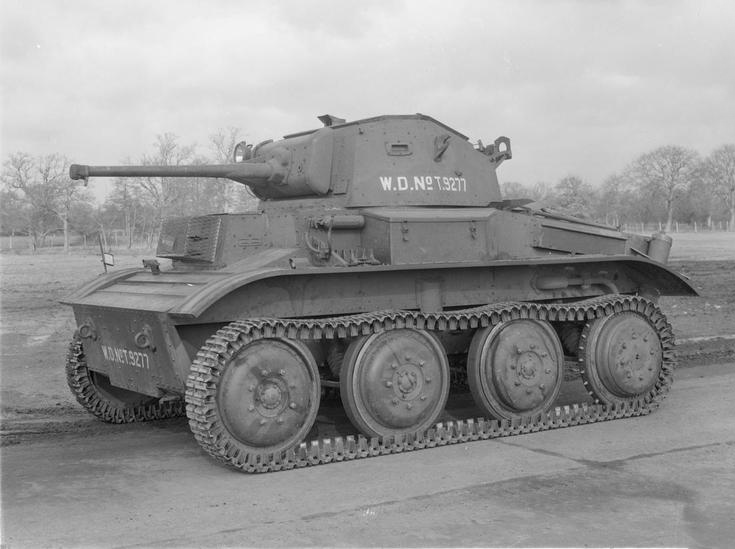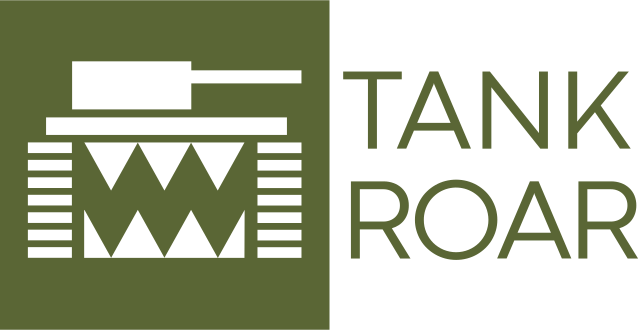WW2 British Tanks in Over 100 Images
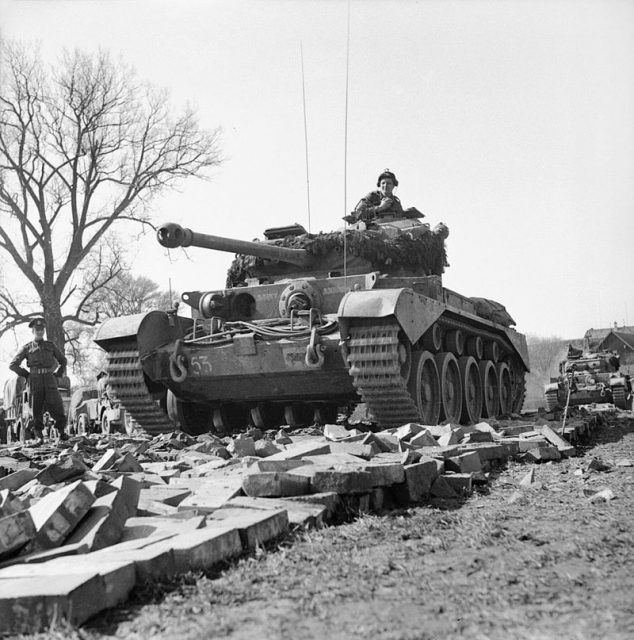
In the interwar period between WWI and WW2, the British had developed their tank doctrine that would be used in future combat. This involved three main classes of tanks: infantry, light and cruiser.
Light tanks were small, mobile very thinly armored and armed, and would scout ahead of the main force, locating and identifying enemy forces and positions. Infantry tanks were heavily armored, capable of withstanding heavy direct enemy fire. They would advance at walking pace with the infantry, providing cover and destroying dug in targets. Cruiser tanks carried enough armor to protect the crew against light incoming fire, had good mobility and adequet guns. The cruisers would rush and exploit holes made in the enemy lines by infantry tanks.
Below are some of the vehicles included in this doctrine.
Vickers Medium Tank Mark 2
The Vickers Medium Mark 2 was Britain’s primary tank in the post WWI era, and was based on designs from that time. The tank had multiple firing ports in the hull, in which a Vickers machine gun could be mounted. It was powered by an 80 hp Armstrong Siddeley V8, and had a rather poor top speed of 13 mph. Armor was at maximum 8 mm thick.
It was still in use in 1939, but was severely out of date. Due to this the Vickers Medium Mark 2 was mainly used as training vehicles.
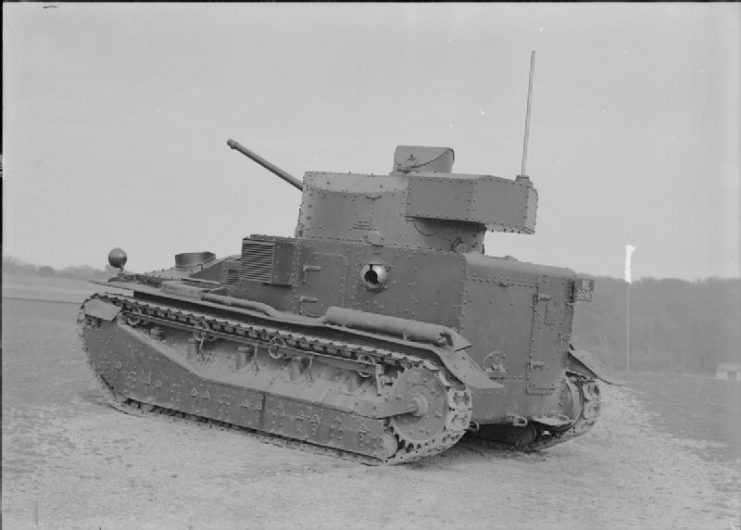
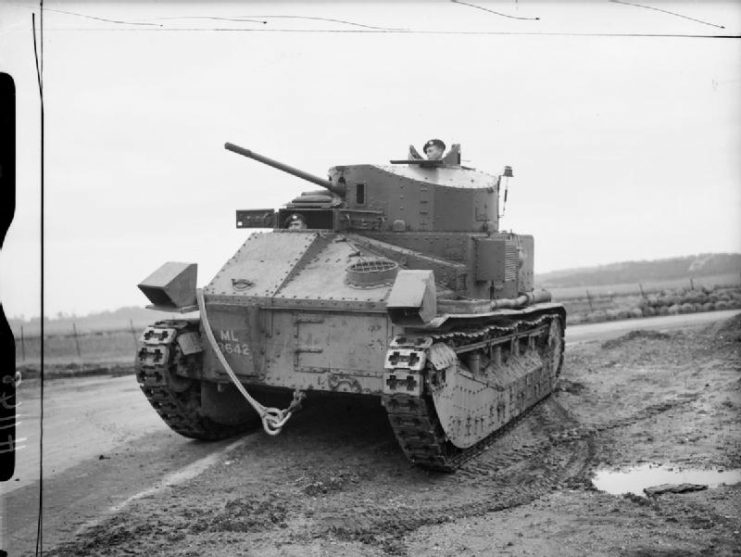
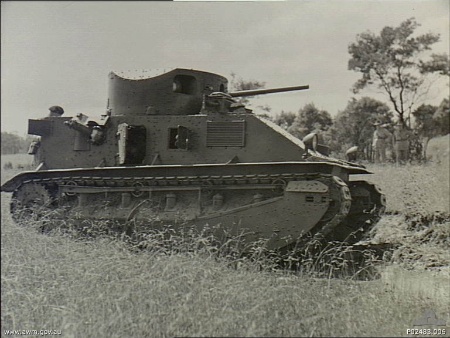
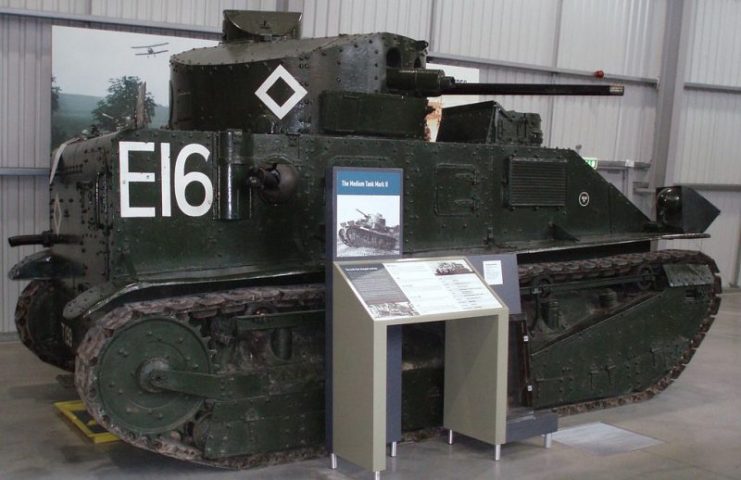
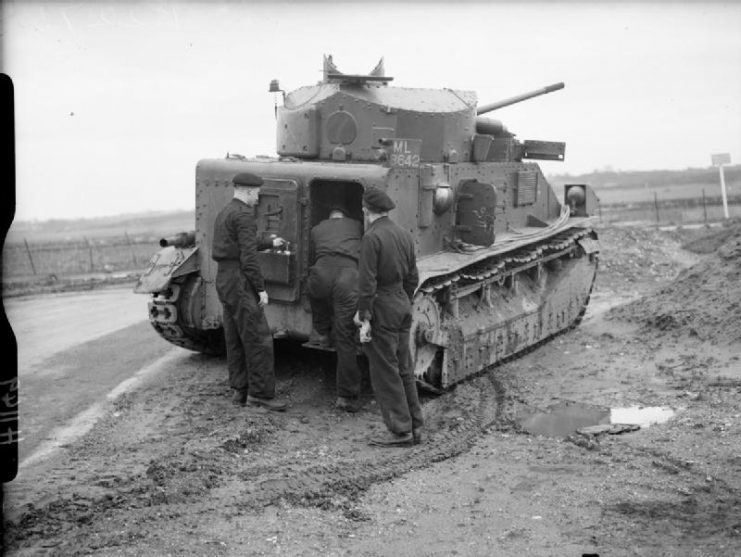
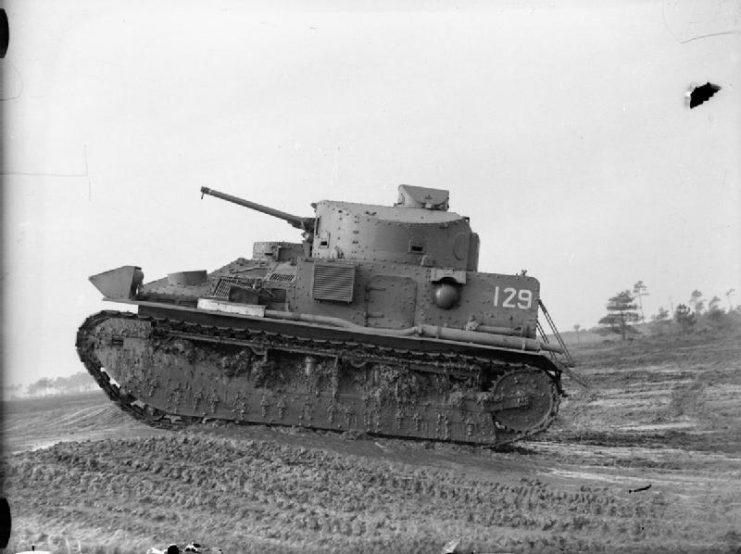
Vickers Light Tank Mark 6
The Vickers Mark 6 was the last in a line of light tanks designed by Vickers, and was produced between 1936 and 1940, with a total of 1,680 being built. As a light tank, it was thinly armored, at maximum 14 mm, but was very mobile. It was armed only with machine guns. Its 88 hp Meadows 6 cylinder engine allowed to drive at 35 mph.
They were used in the Battle of France in 1940, where it was found that they were incredibly vulnerable, and not suited to conventional tank warfare.
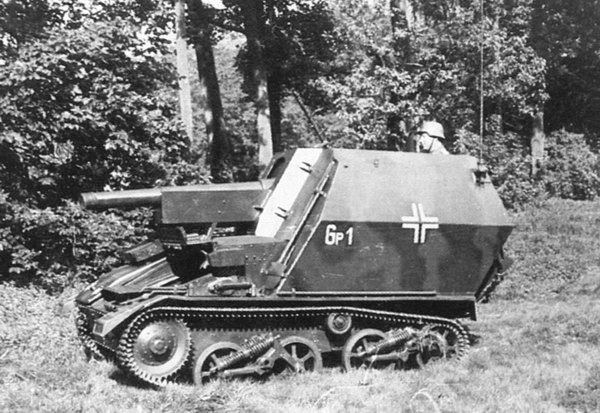
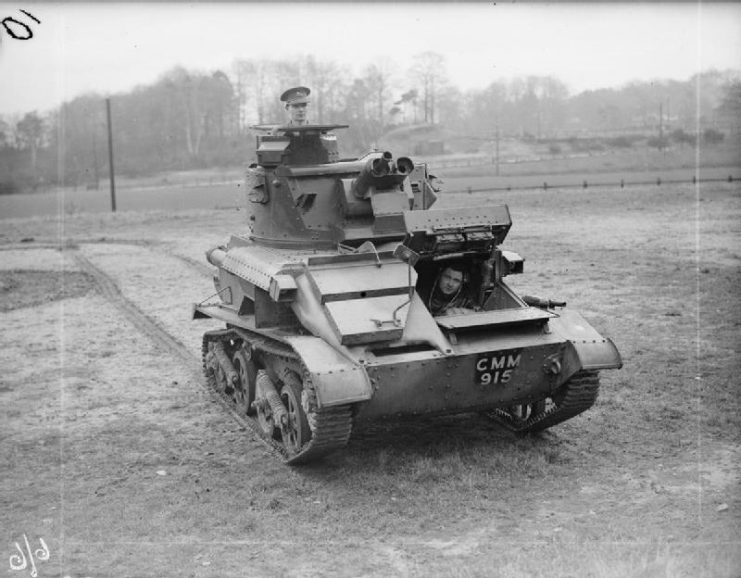
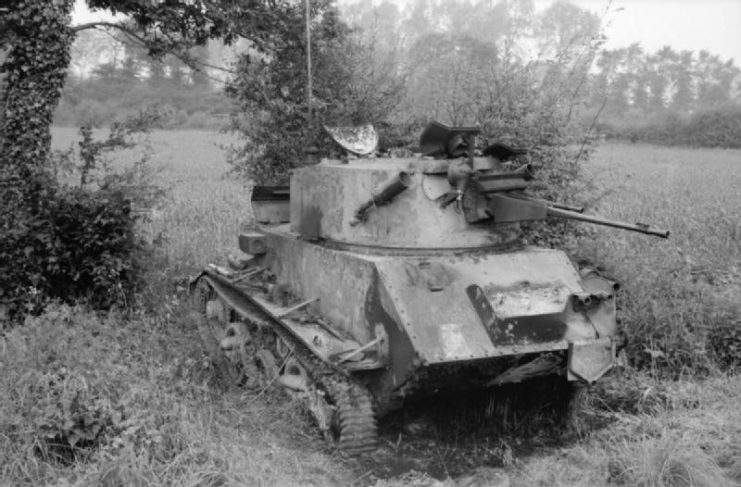
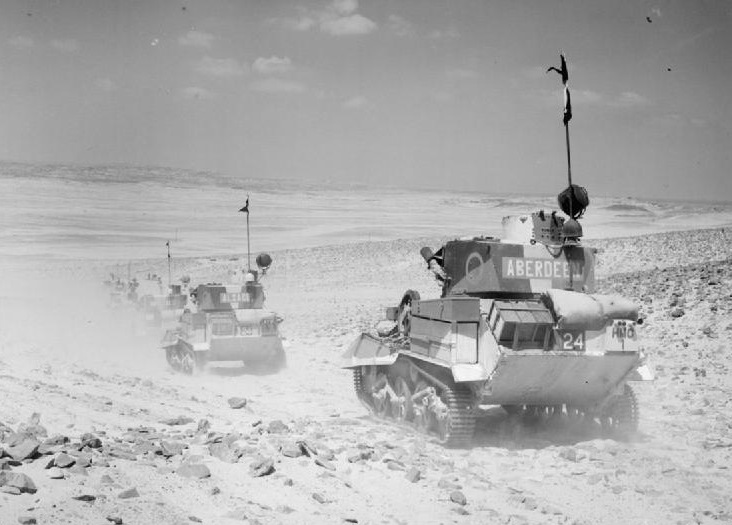
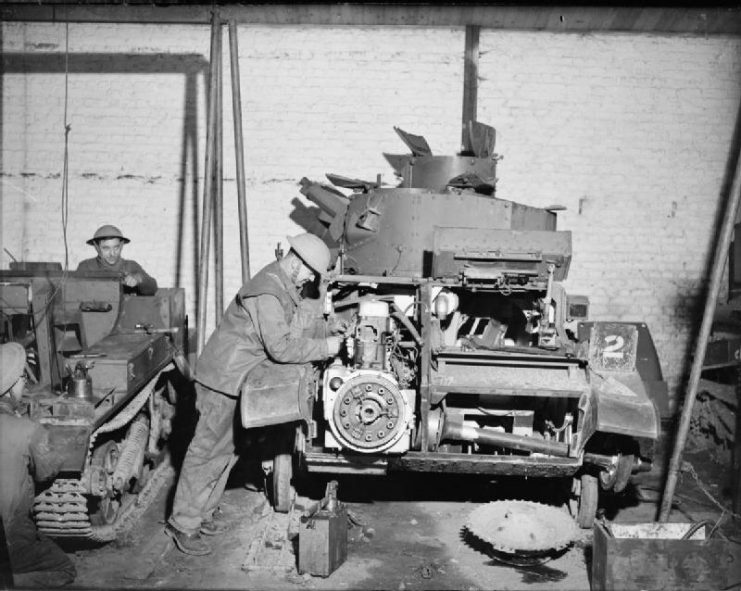
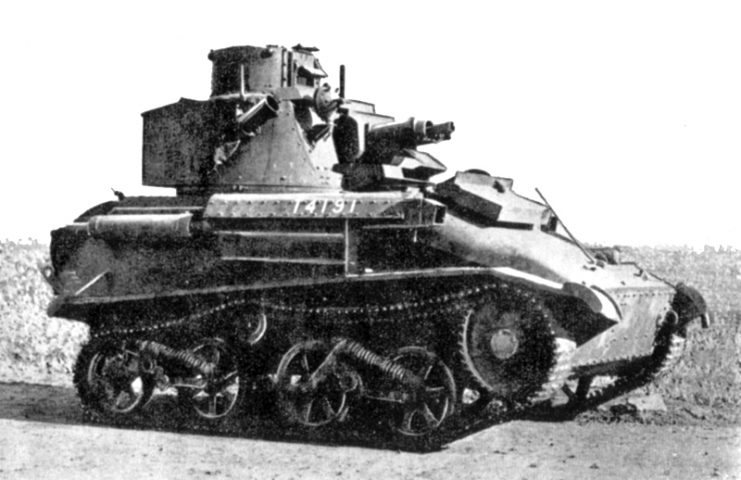
Matilda I & II
The Matilda series of tanks were infantry tanks, expected to receive large amounts of incoming fire and survive. They were slow, but very heavily armored. The earlier Matilda I was very small, only big enough to fit in two crew. On top of this it was incredibly slow, with a top off road speed of just 5.6 mph. However, it was protected by up to 60 mm of armor, a huge amount of a 1930s design. This armor allowed it to survive where many others couldn’t in the Battle of France, but its machine gun armament made it quite literally useless against anything armored, meaning it was outdated as soon as it arrived.
The Matilda II was designed to bring more firepower than the Matilda I. It was very well armored, with a 80 mm on the front. This made them incredibly hard to knock out during the Battle of France, with only the German 88 mm guns able to reliably penetrate. Its 2 pdr gun was adequate in 1940, but became rapidly out dated. The Matilda II was the only British tank to serve during WW2 from start to finish. .
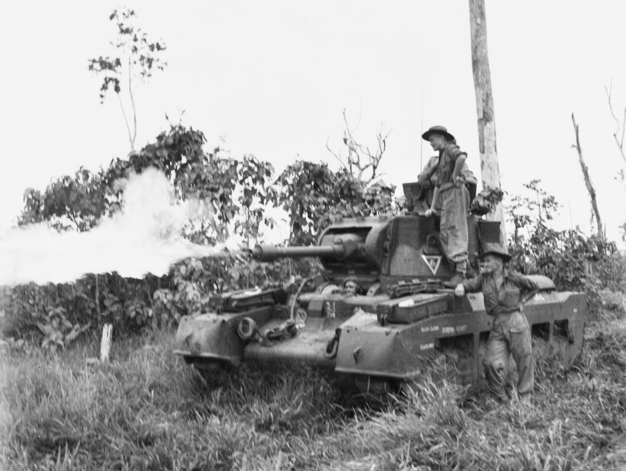
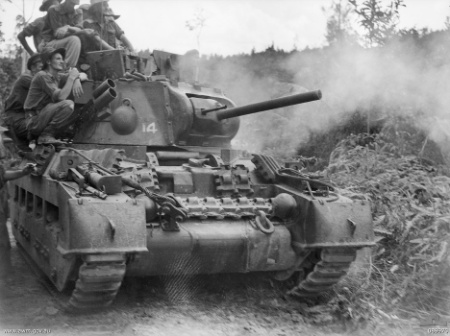
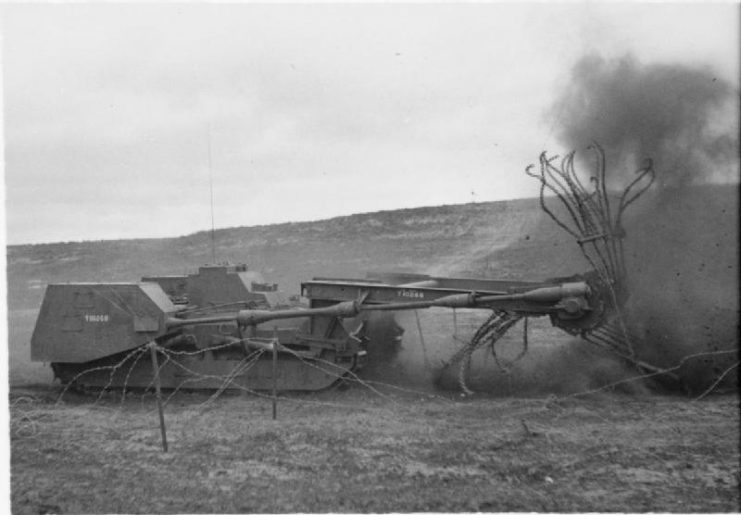
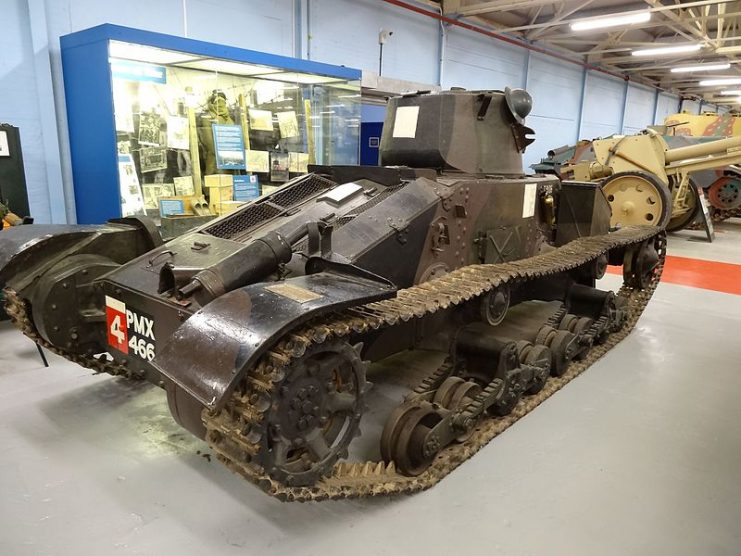
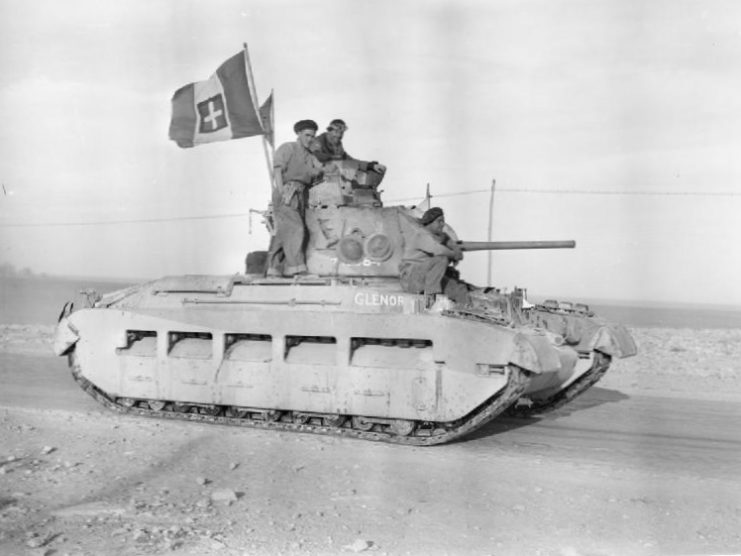
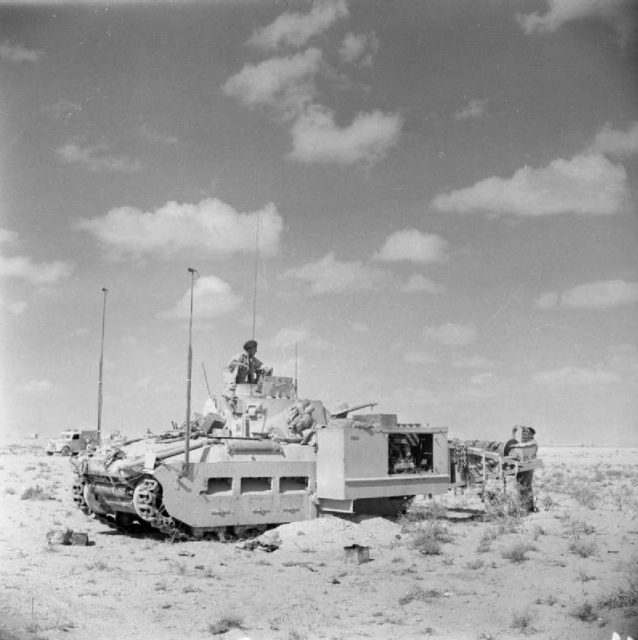
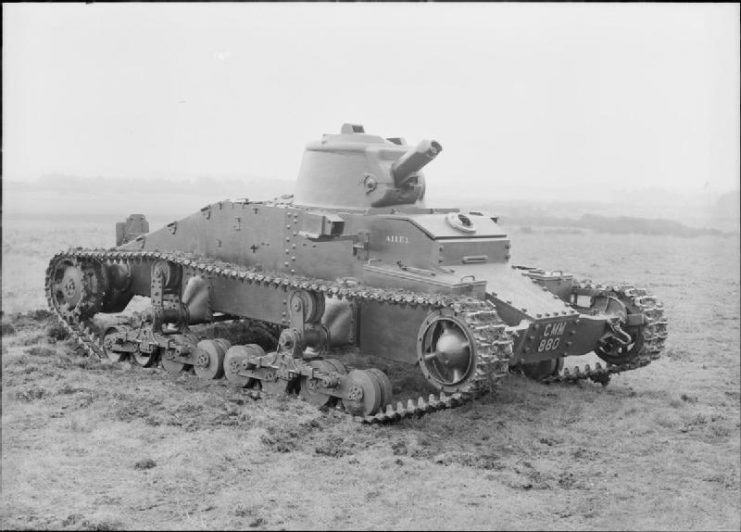
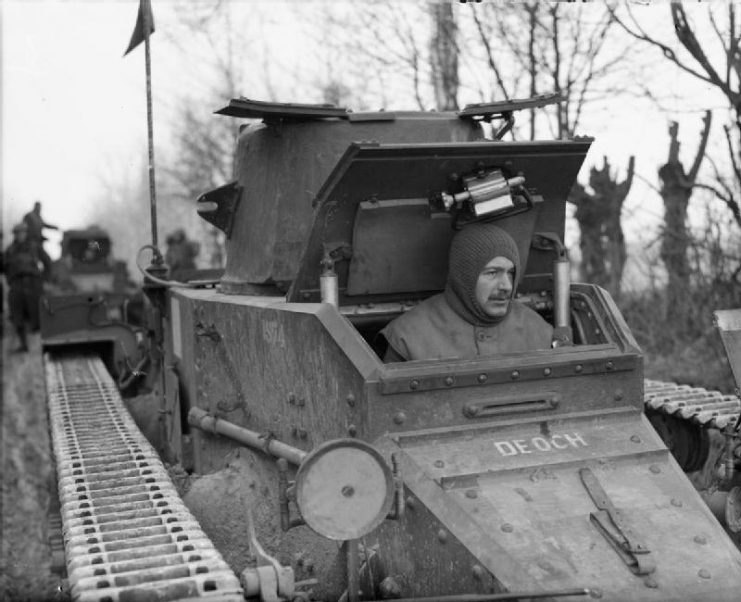
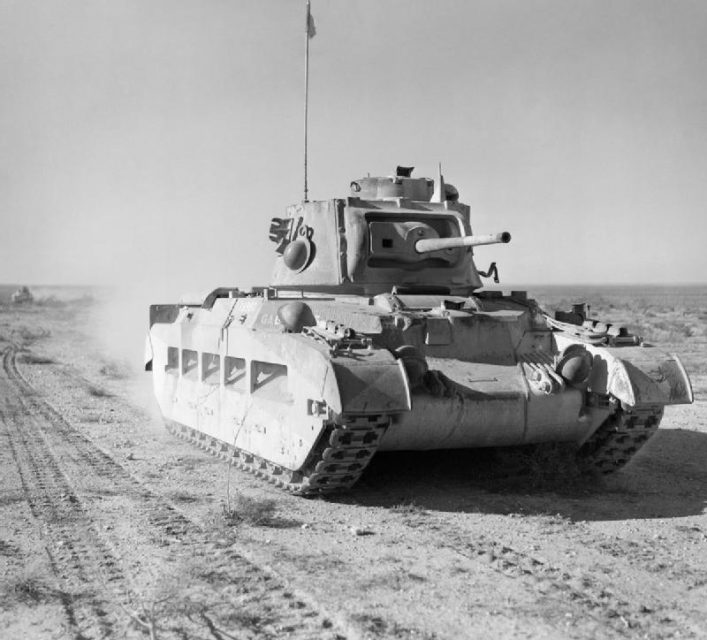
Valentine
The Valentine was designed by Vickers-Armstrong as an alternative to the Matilda. Despite not being entirely satisfied with the design, the British War Office approved the design due to the impending war in Europe. Its low silhouette meant it was cramped and uncomfortable, but its good armor and reliability meant crews liked it.
A series of weapons upgrades kept it relevant through much of the war, but by 1944 it had become obsolete.
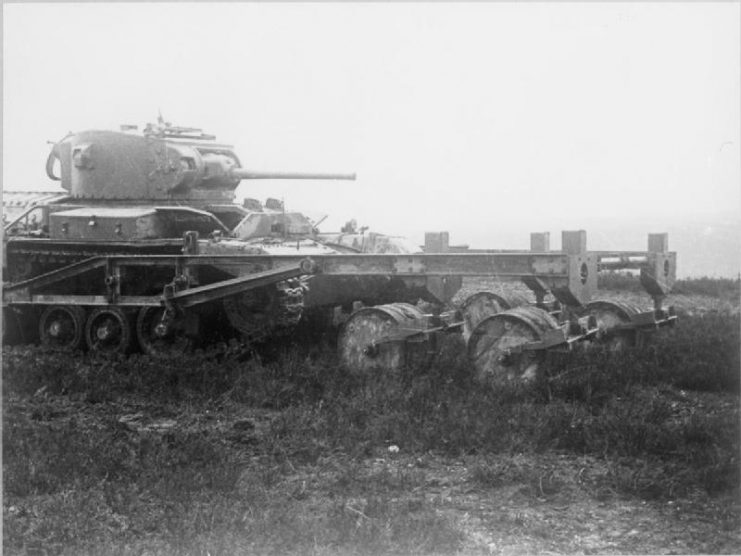
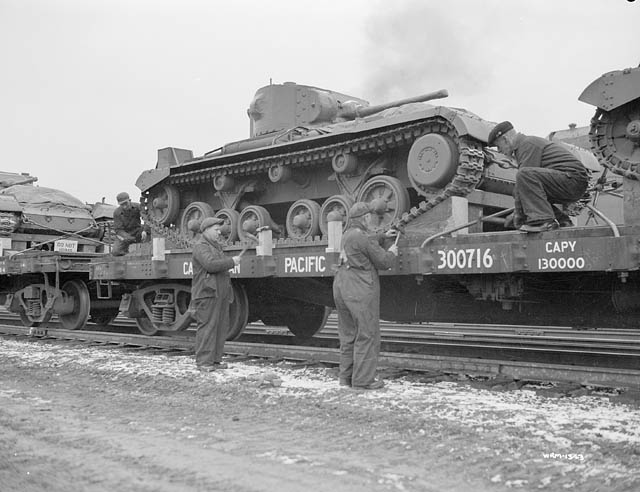
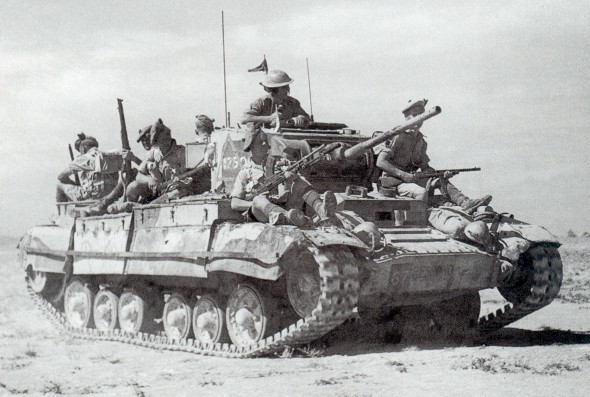
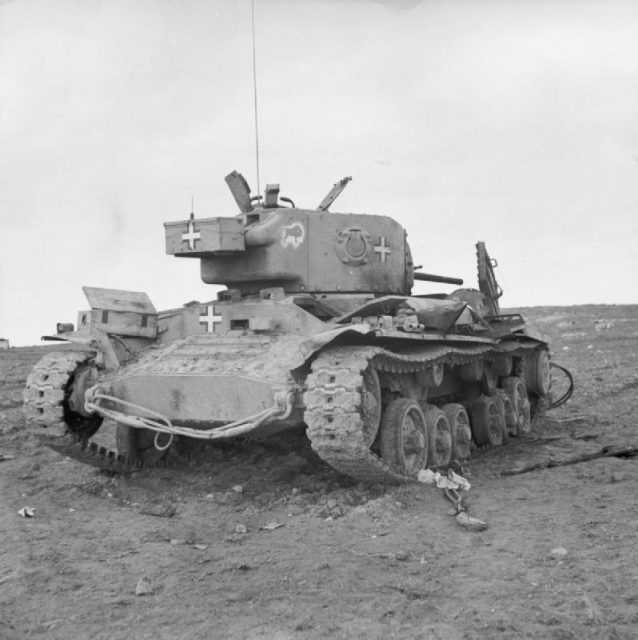
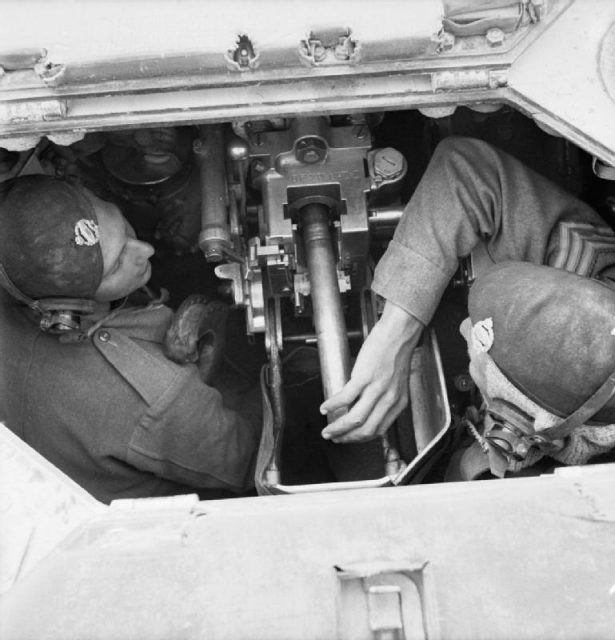
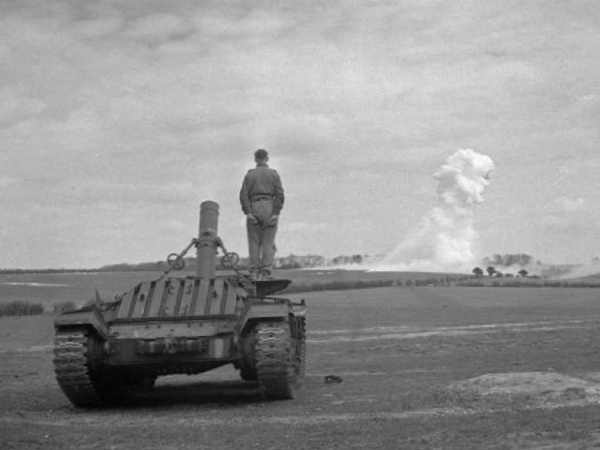
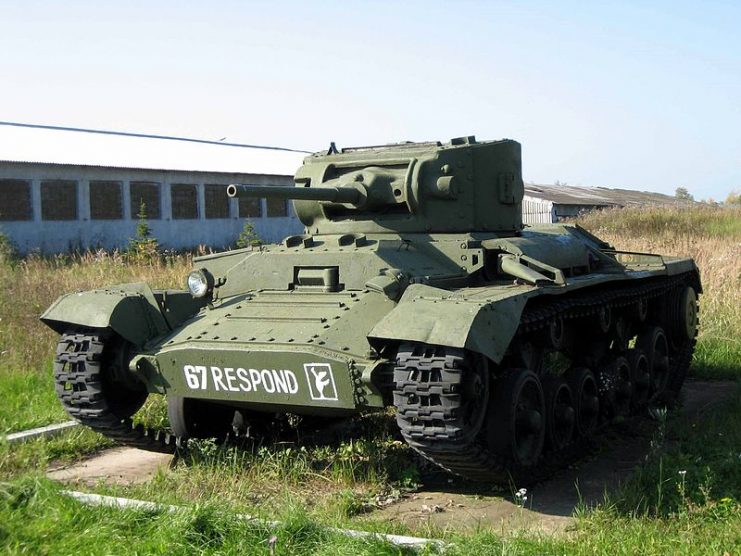
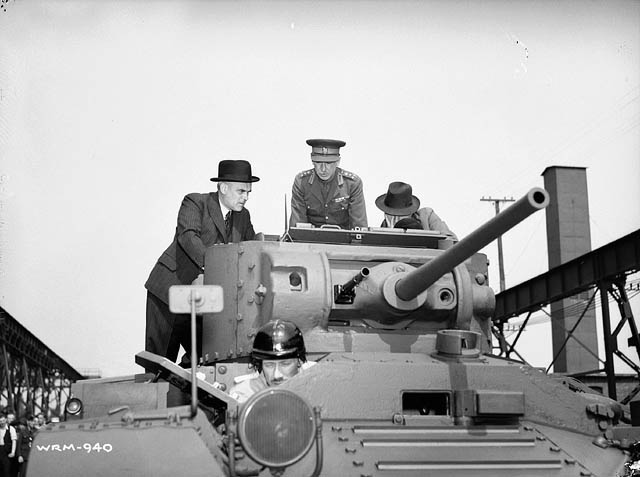
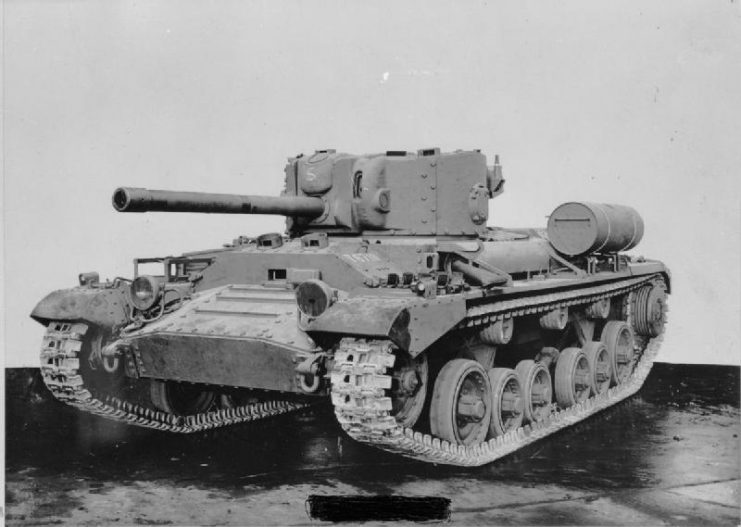
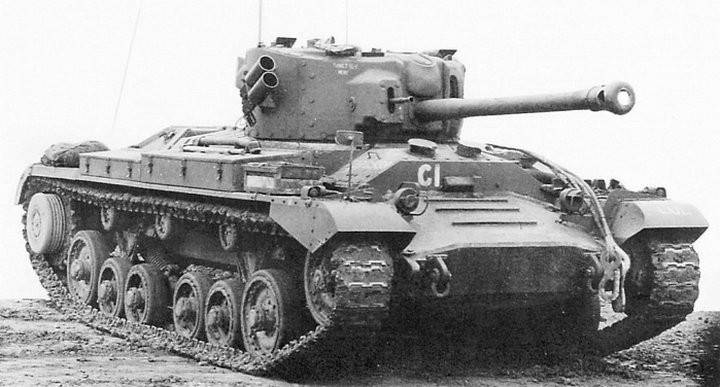
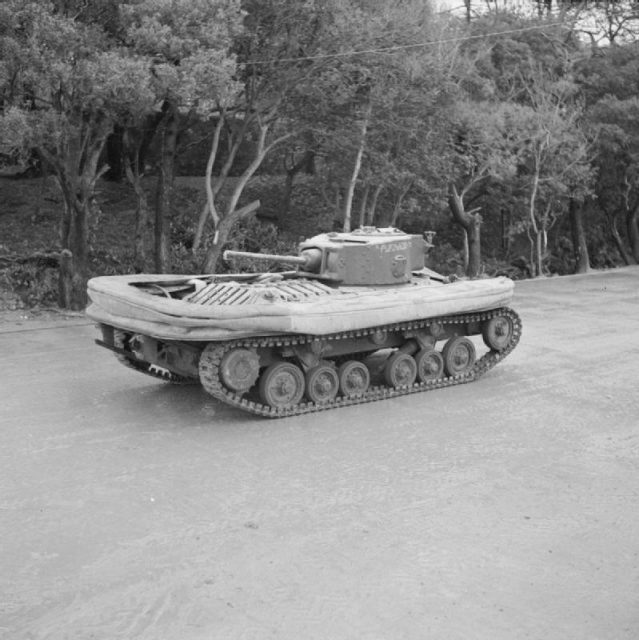
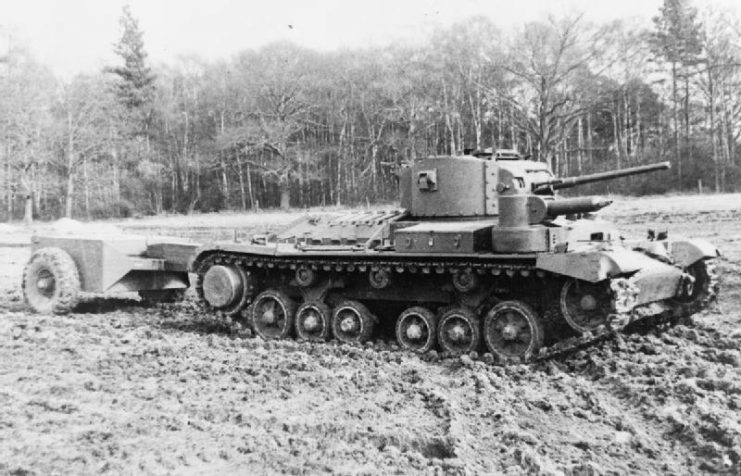
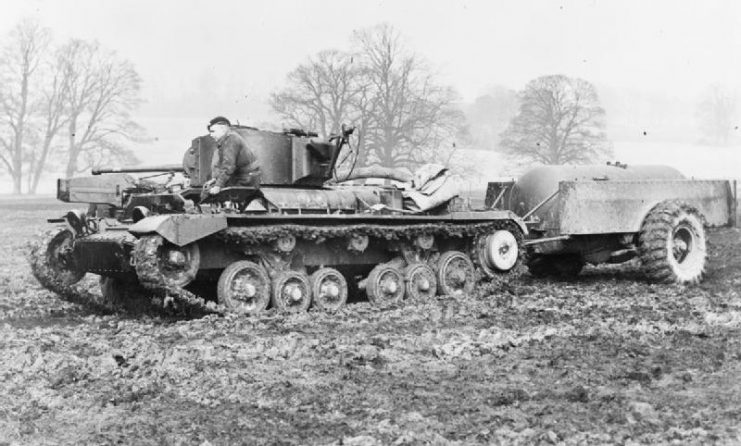
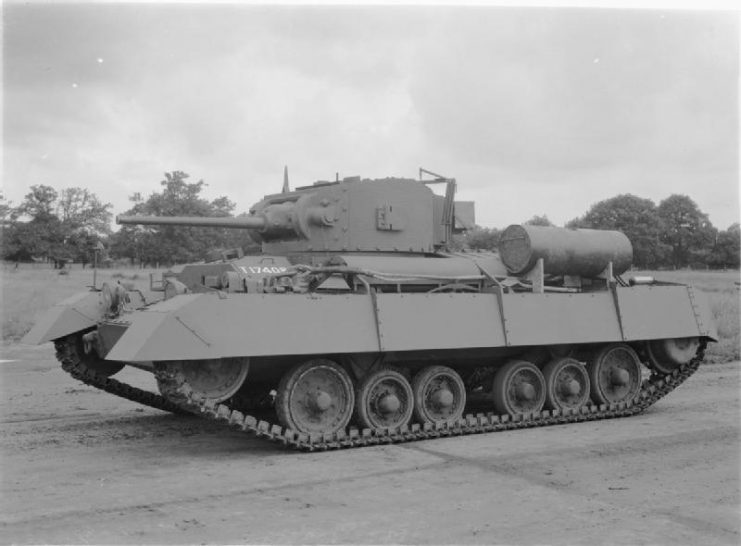
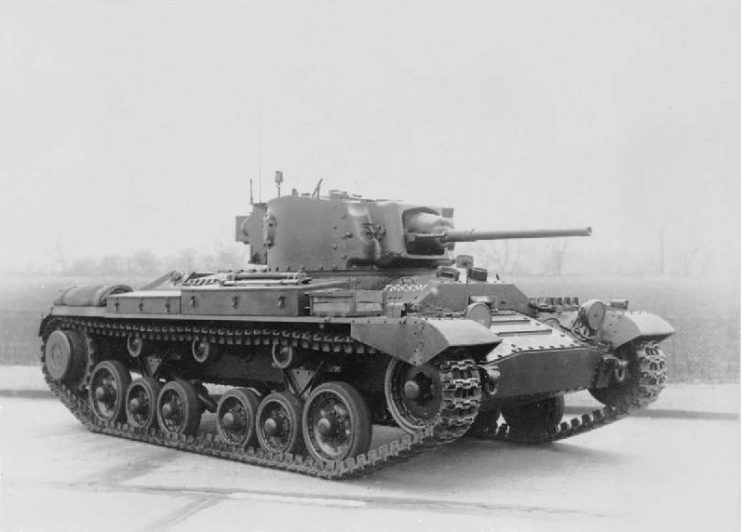
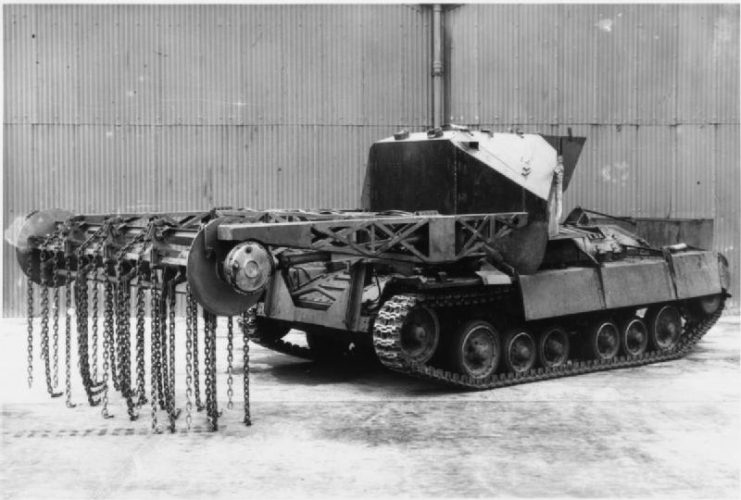
Churchill
Like the Matilda and Valentine, the Churchill was another infantry tank, and has since become a symbol of British forces in WW2. It was initially built to carry only a 2-pounder gun in its turret and a 3-pounder howitzer in the front of the hull. This weaponry was steadily upgraded throughout the war,
First used in the disastrous Dieppe Raid of 1942, the Churchill served successfully in other theatres, including on the Eastern Front, and provided the basis for many specialist armored vehicles.
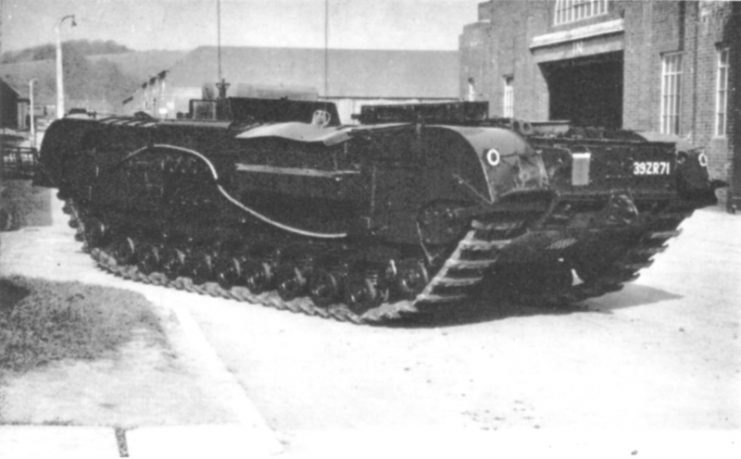
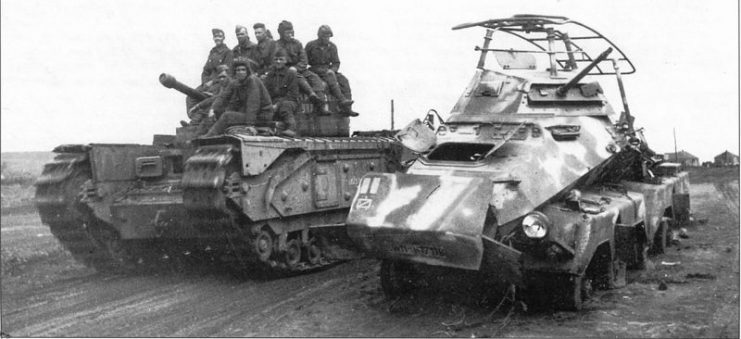
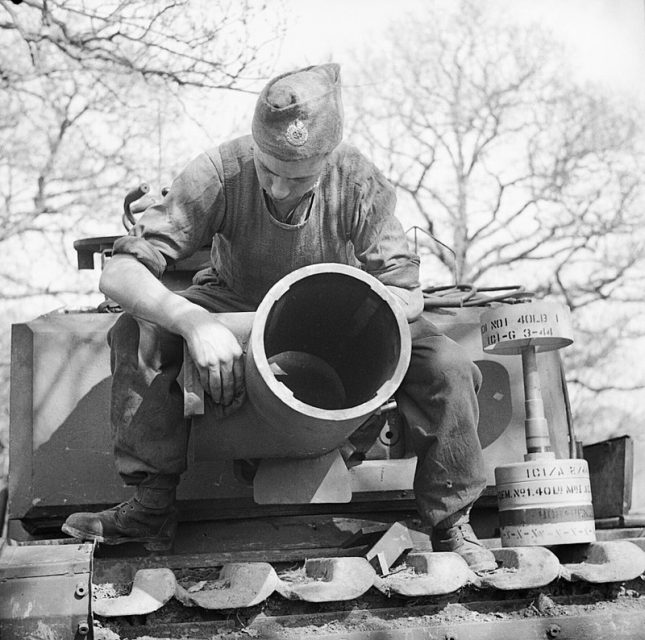
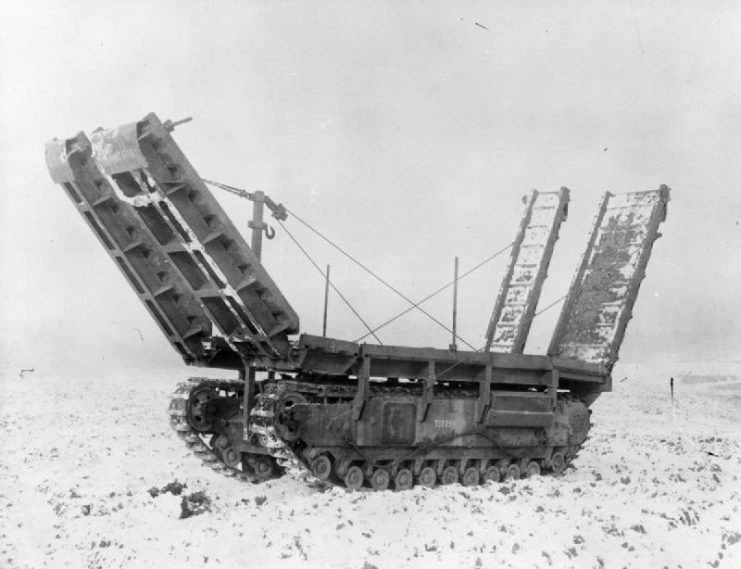
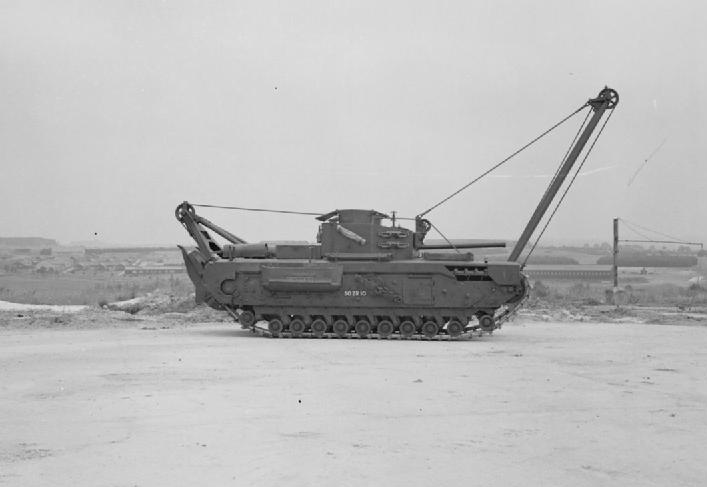
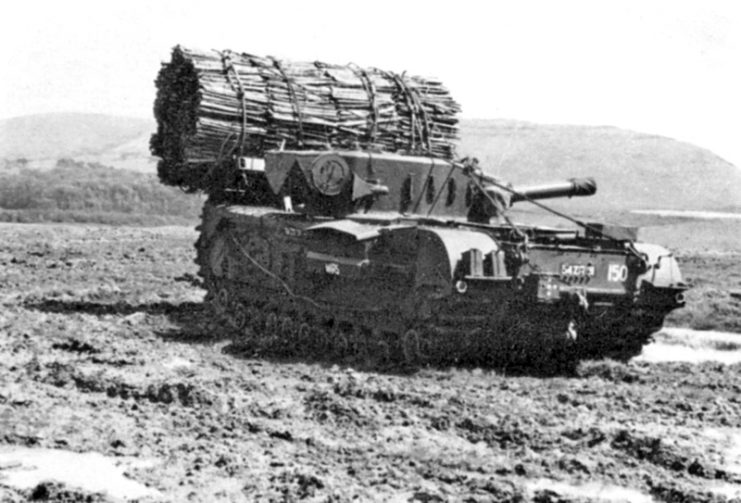
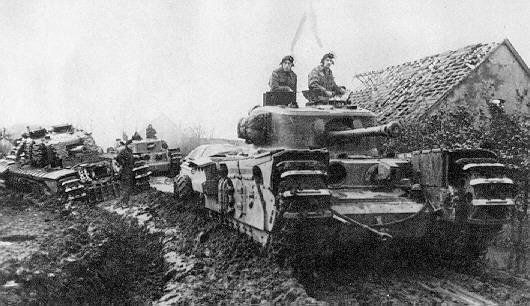
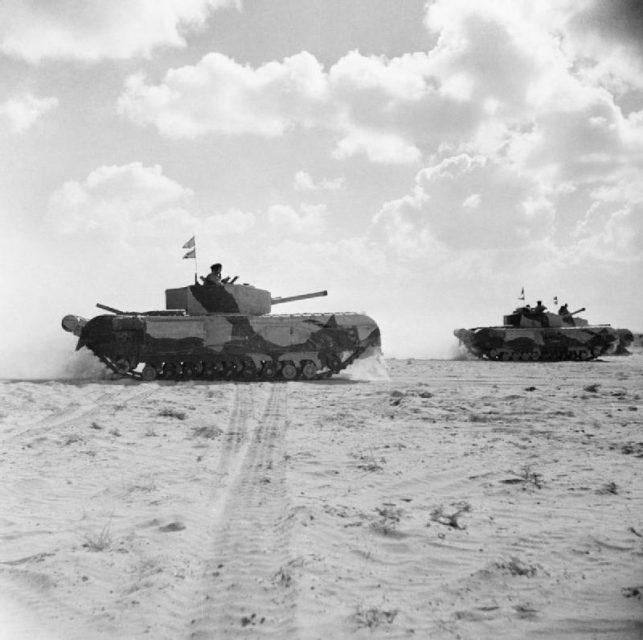
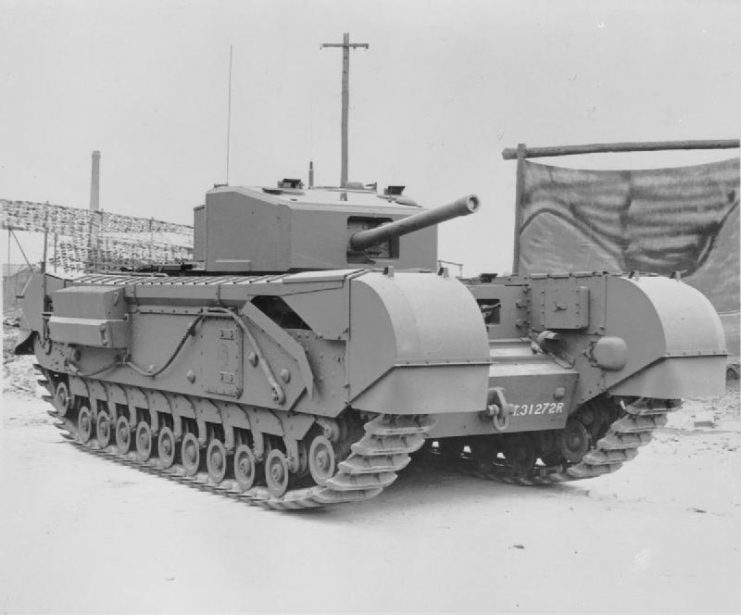
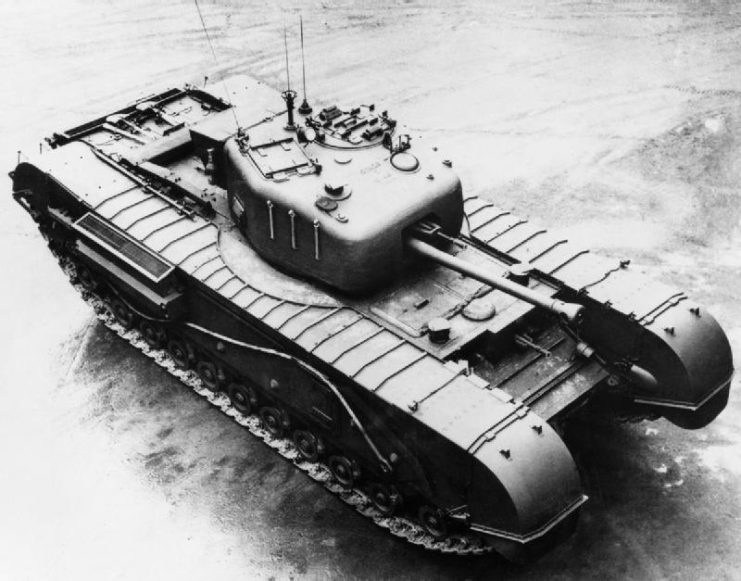
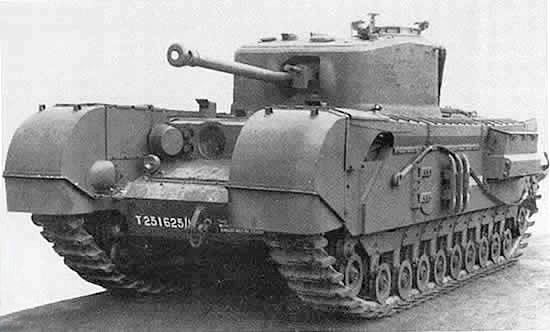

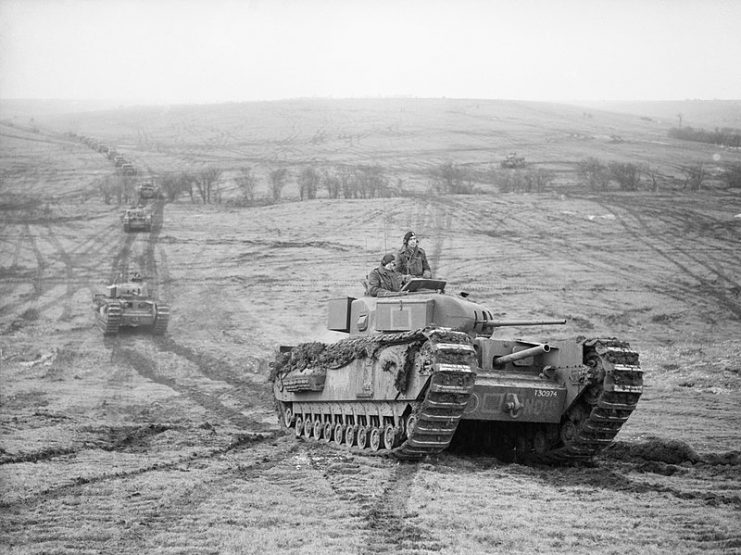
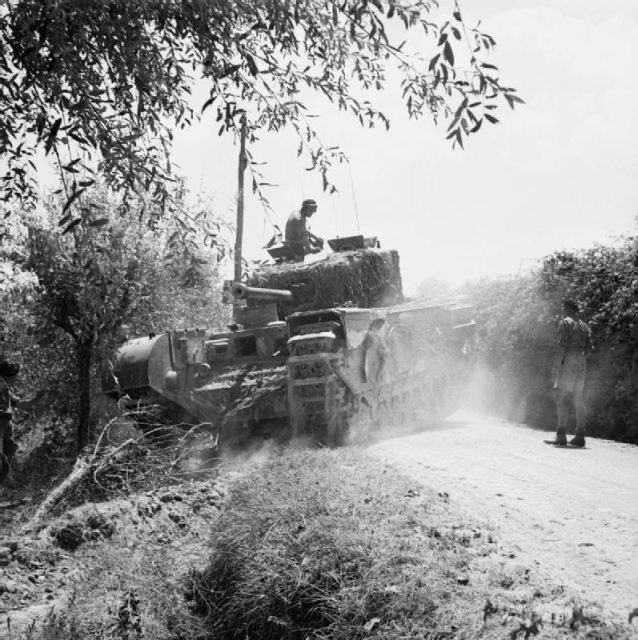
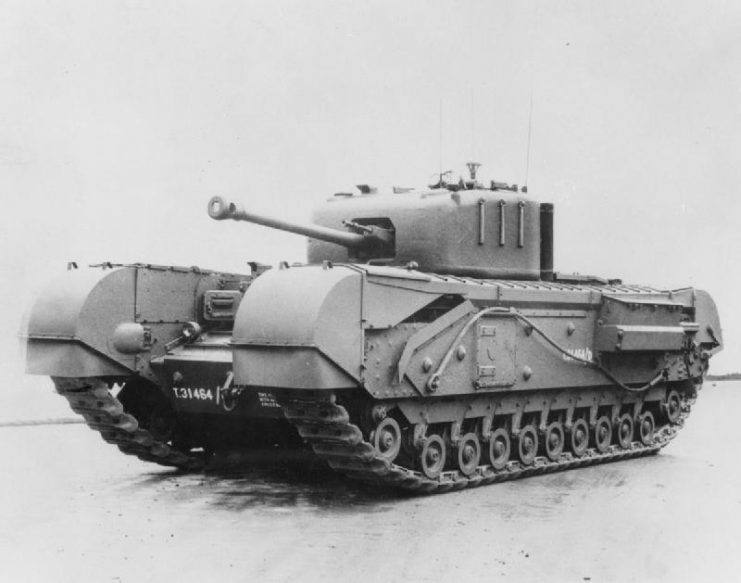
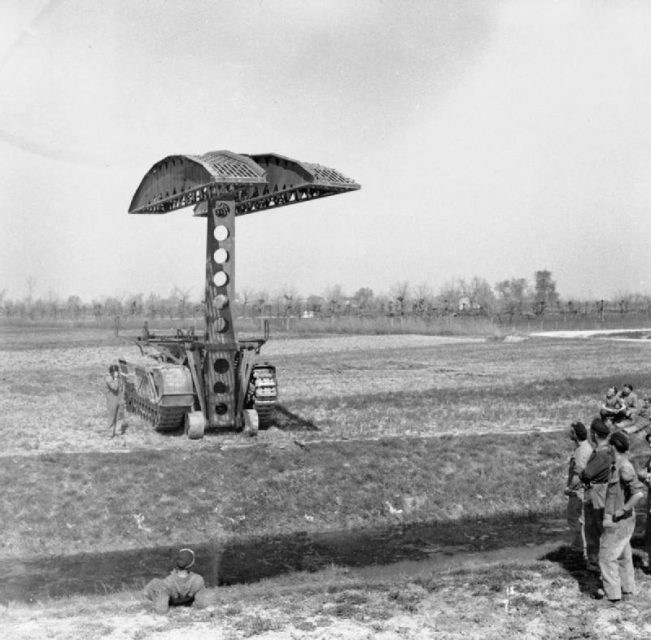
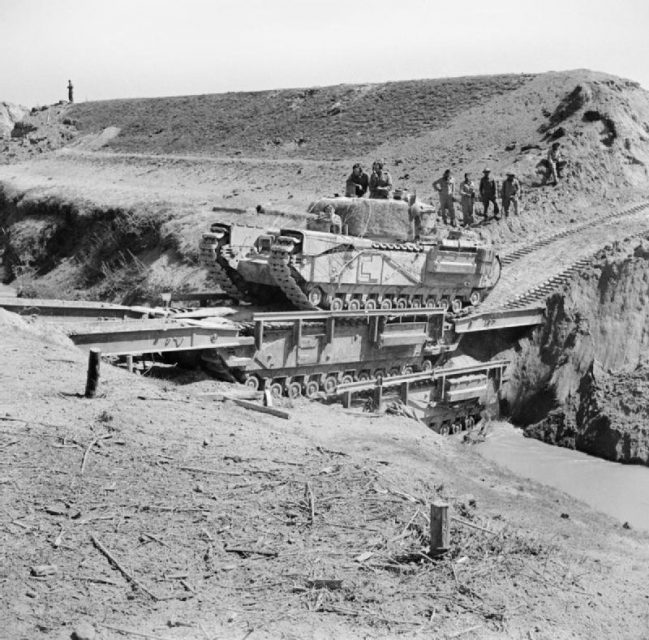
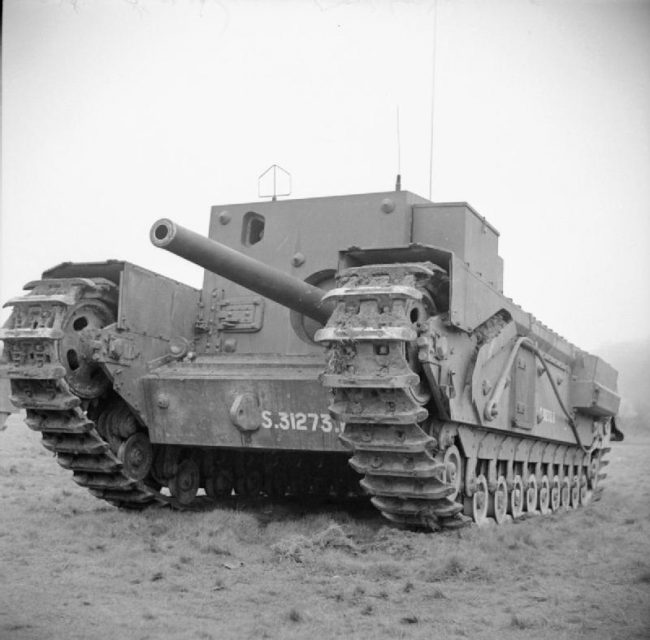
Cruiser Mark 4
The Cruiser Mark 4 was, unsurprisingly, a cruiser tank. Relatively light, it was designed to exploit gaps in enemy lines attack from the rear. Its Christie suspension and 340 hp engine gave it a good top speed of 30 mph.
The Mark 4 fought in France and the Western Desert. But the idea of flanking cruisers did not match the reality of war, and its 2-pounder gun was underpowered for modern tank fighting.
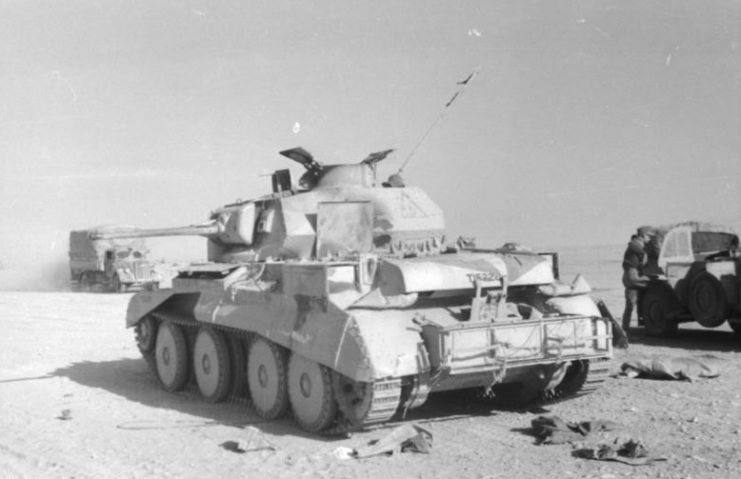
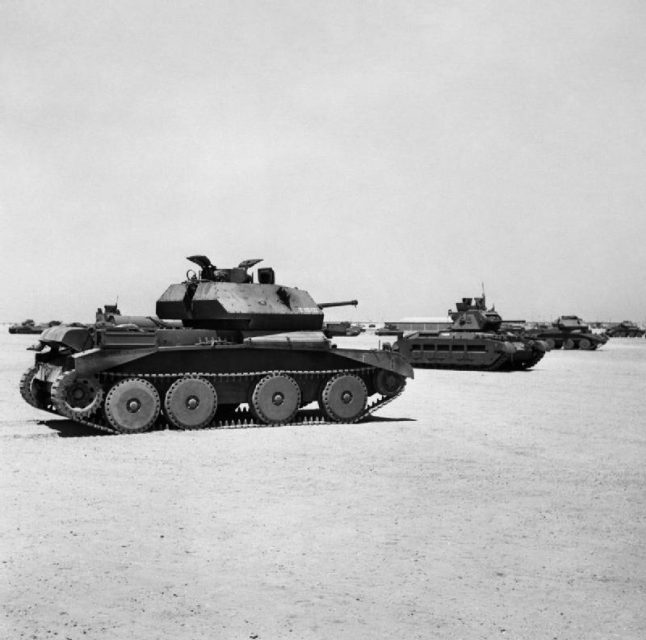
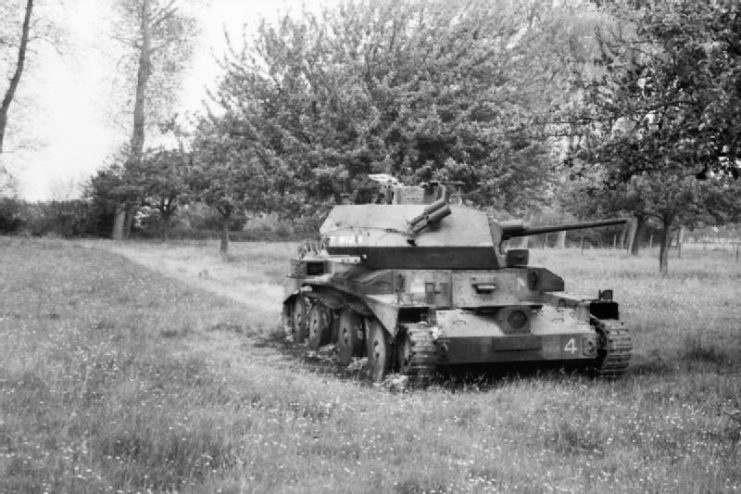
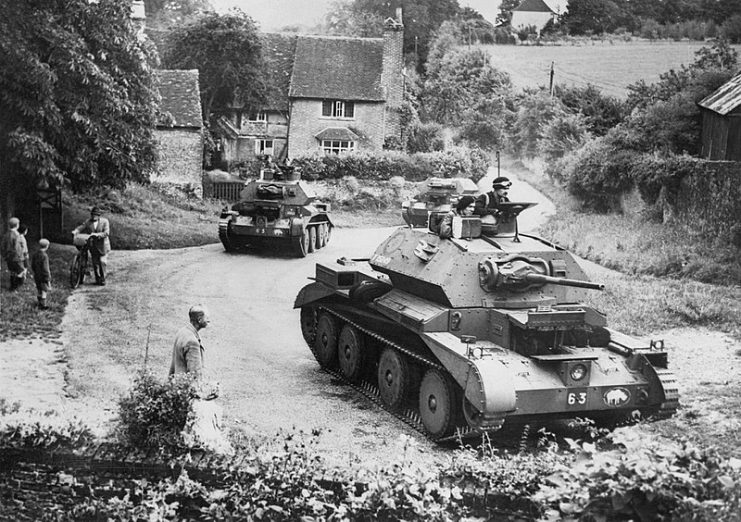
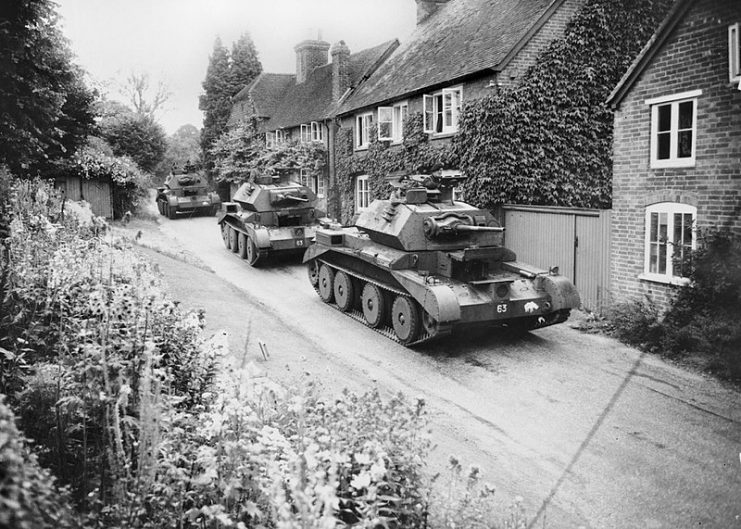
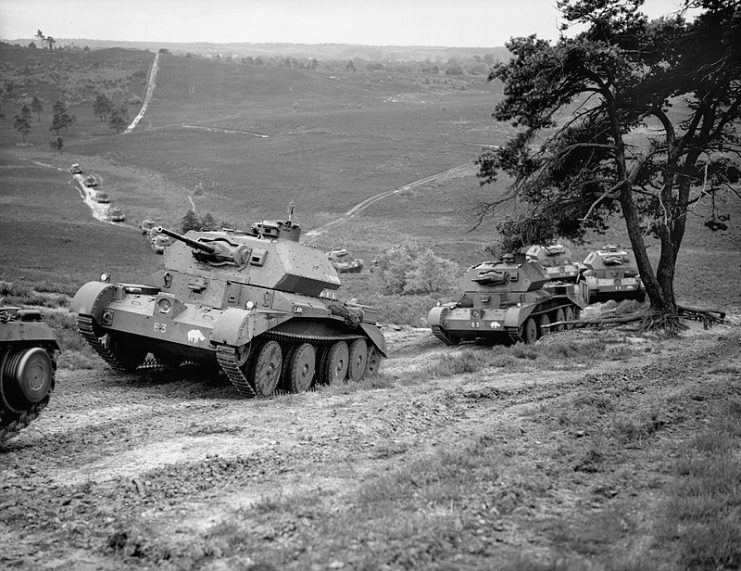
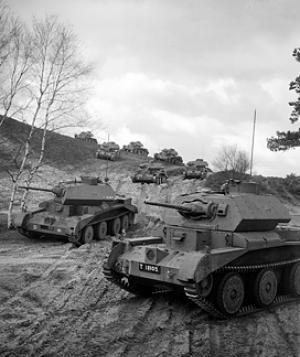
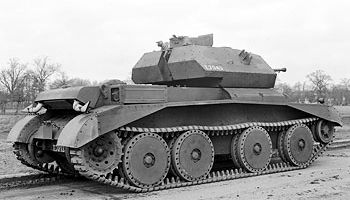
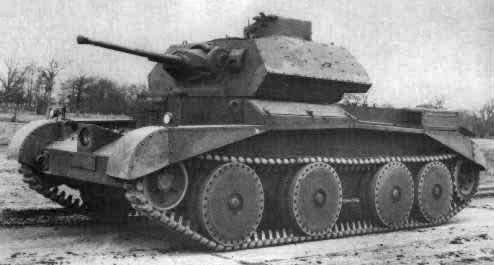
Crusader
The last British cruiser designed between WWI and WW2, the Crusader was a tank built in large numbers, and proved very useful in the early years of the war. Its 2 pdr gun was underpowered, and would eventually be replaced by a much more capable 6 pdr. With this gun Crusaders formed the backbone of early war British tank forces.
They were replaced later in 1942 when the Americans supplied the British with Grant and Sherman tanks.
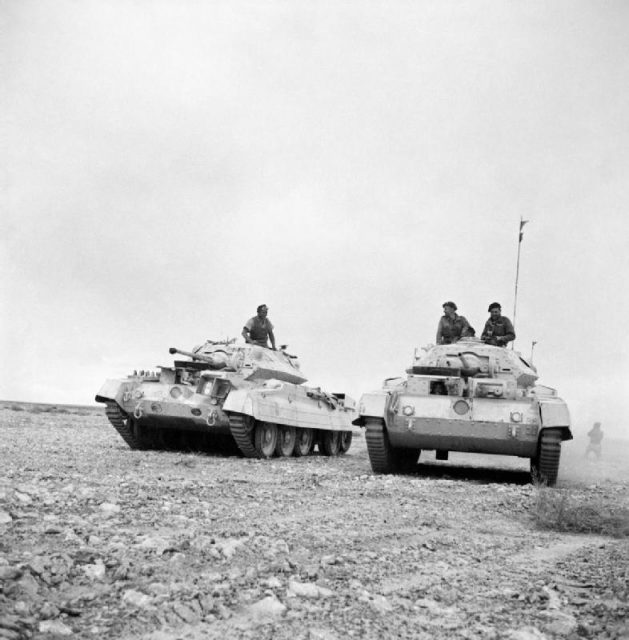
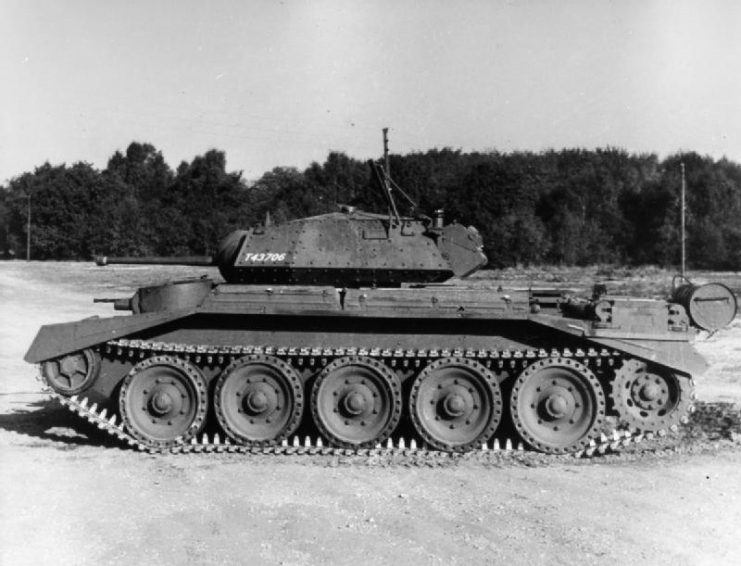
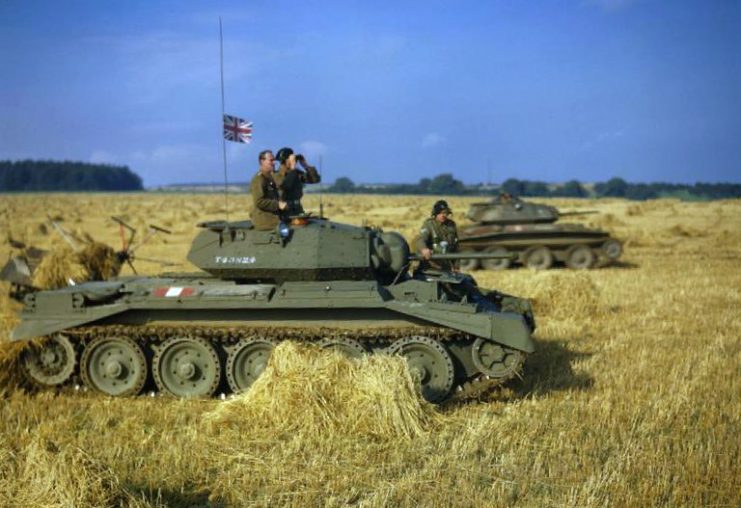
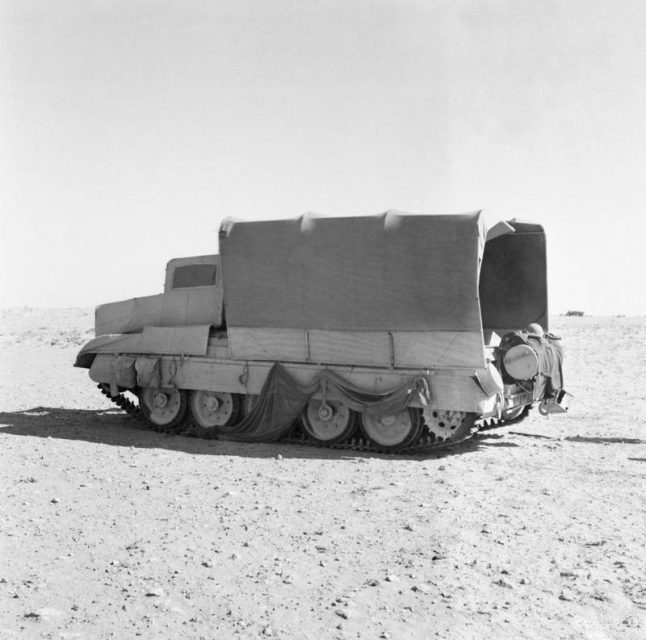
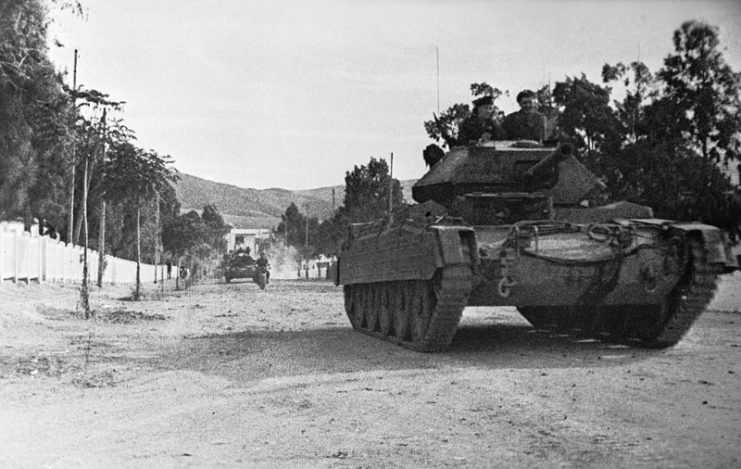
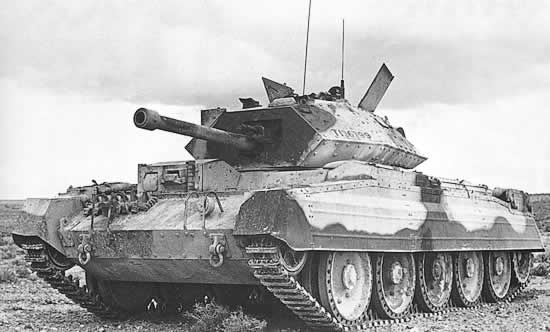
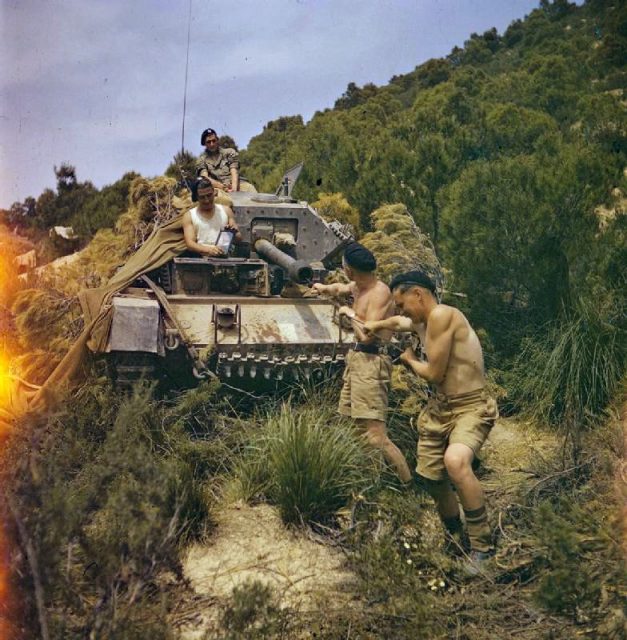
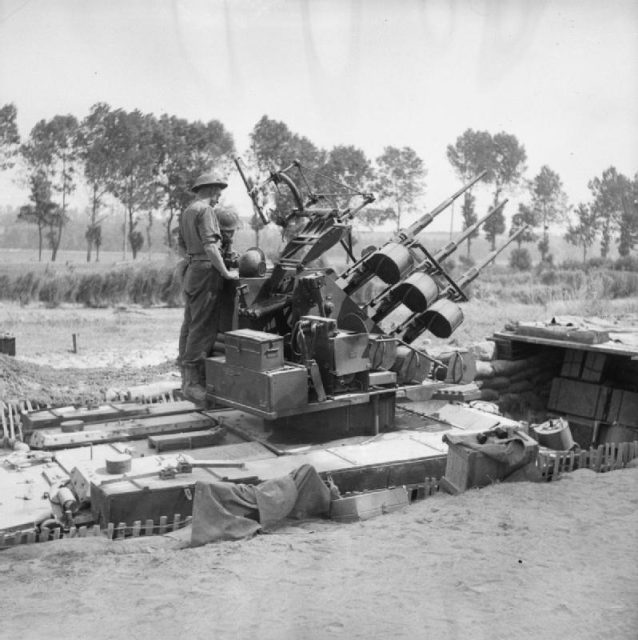
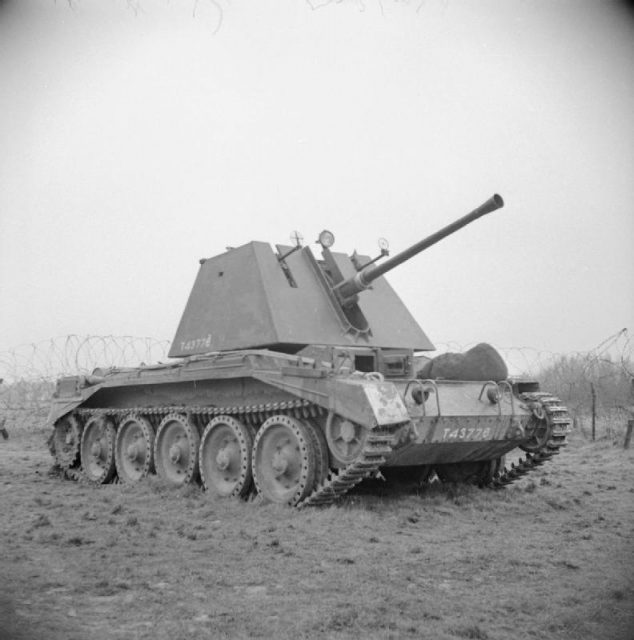
Covenanter
Another rush job, the Covenanter had well angled deflective armor but its tracks were too narrow and its engine cooling defective. Over a thousand were made, but it was never used in battle.
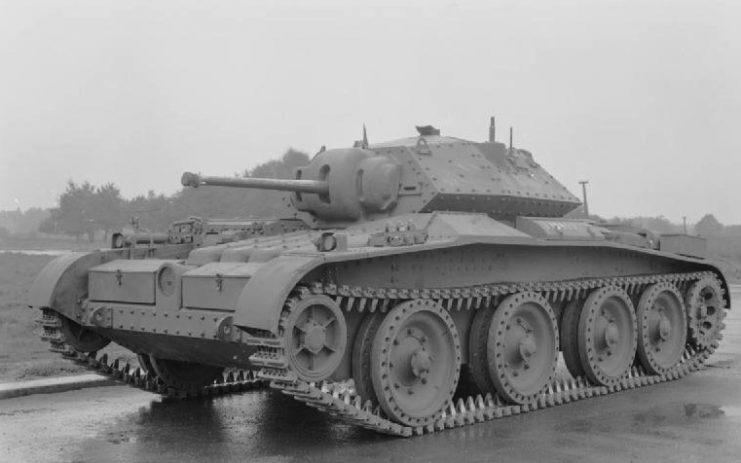
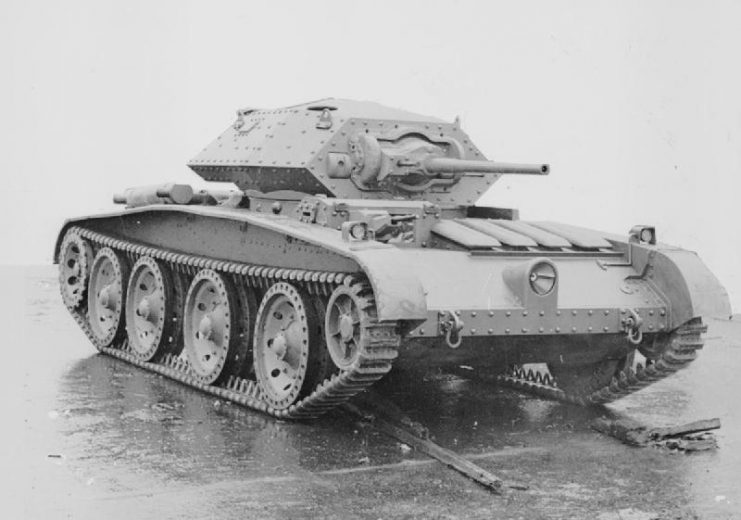
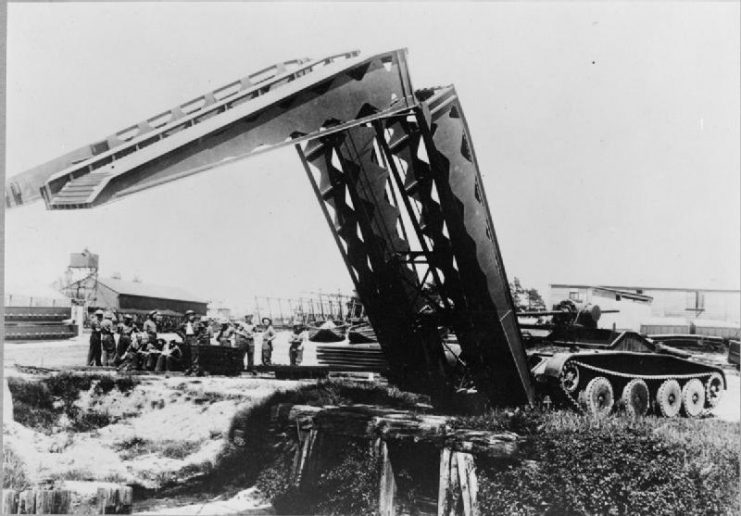
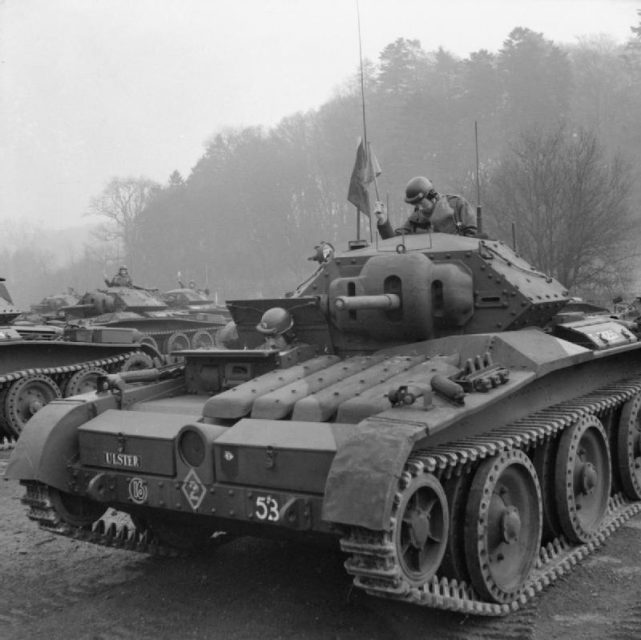
Cromwell & Centaur
The Cromwell was perhaps one of the most important British tanks of WW2. It was meant to replace the Crusader, but issues with the design and sourcing engines meant its arrival to the front lines was delayed until 1944. Powering the Cromwell was the 550 hp Rolls-Royce Meteor V12, an engine that finally gave the British a decently protected tank that still retained good mobility.
It had an impressive top speed of 40 mph, a speed that could quickly get the crews into trouble.
The Cromwell laid the groundwork for future British designed, including the Centurion, one of the most successful tanks ever made.
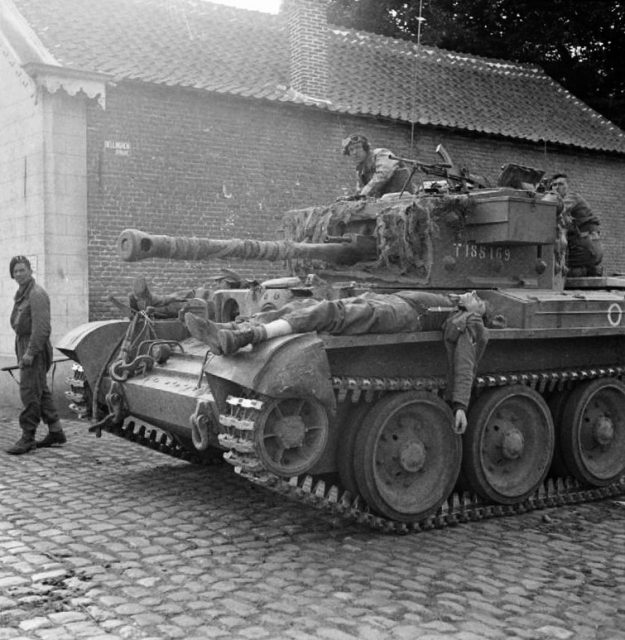
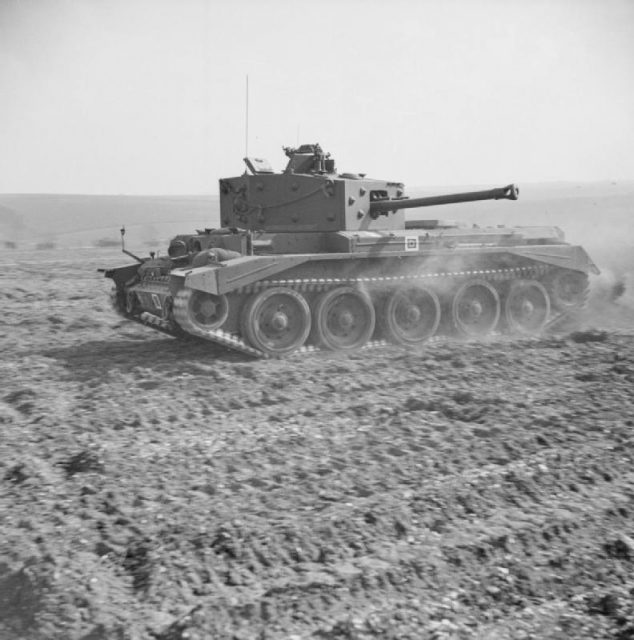
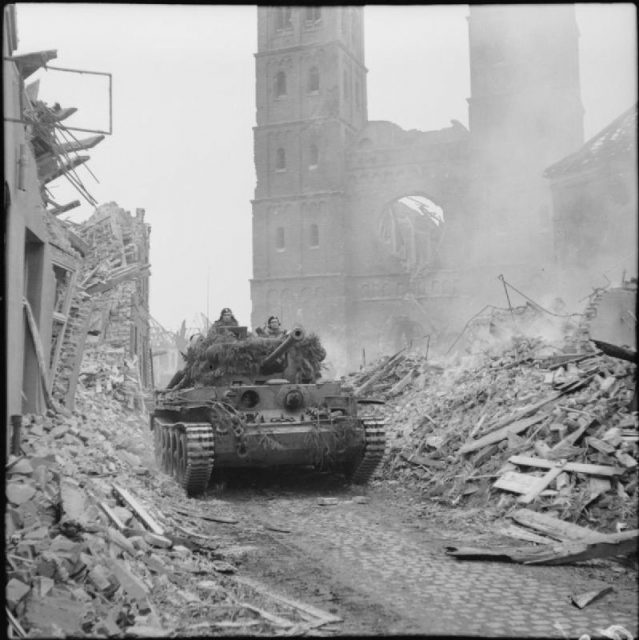
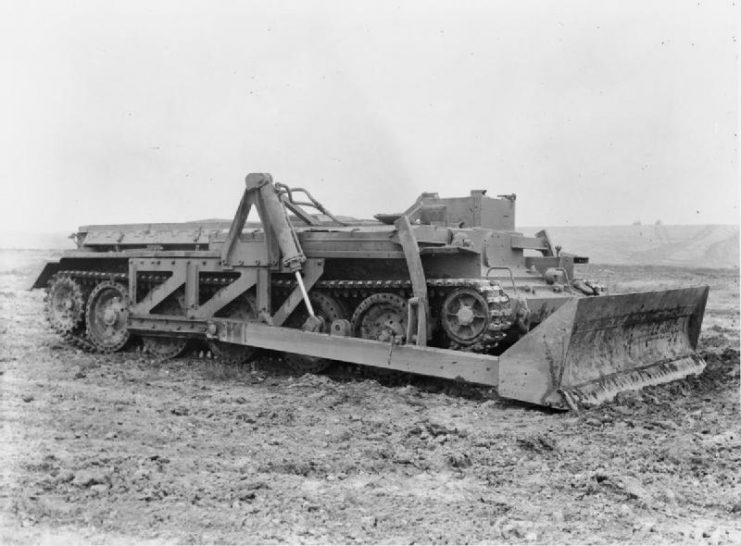
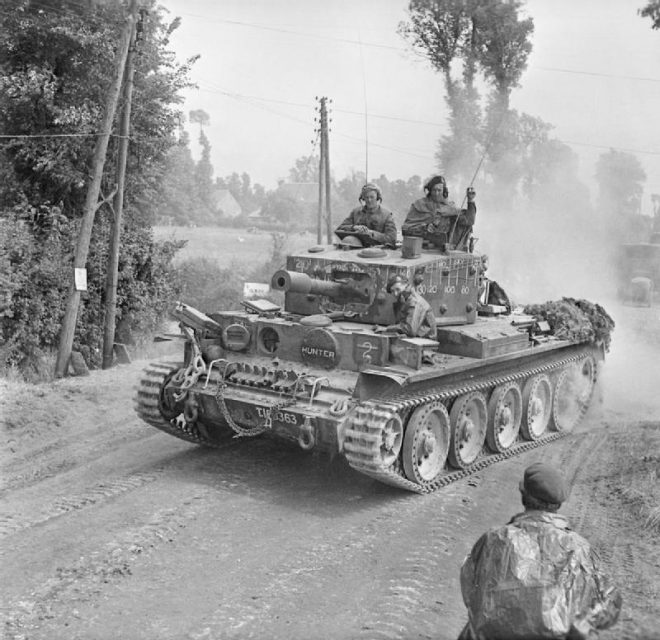

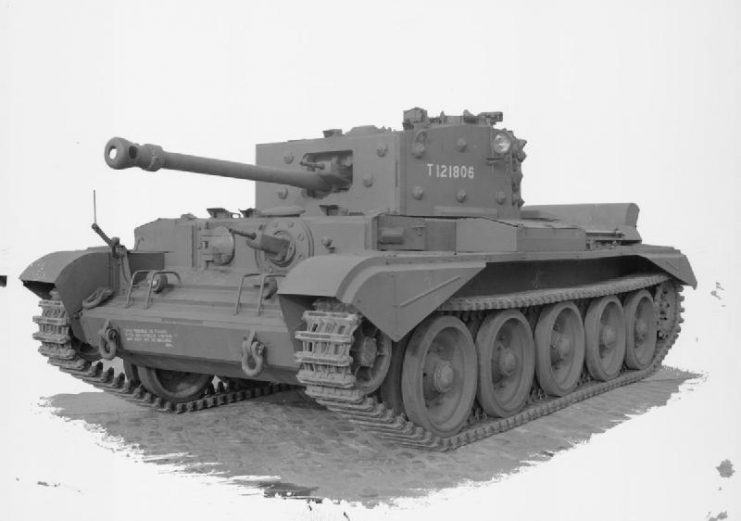
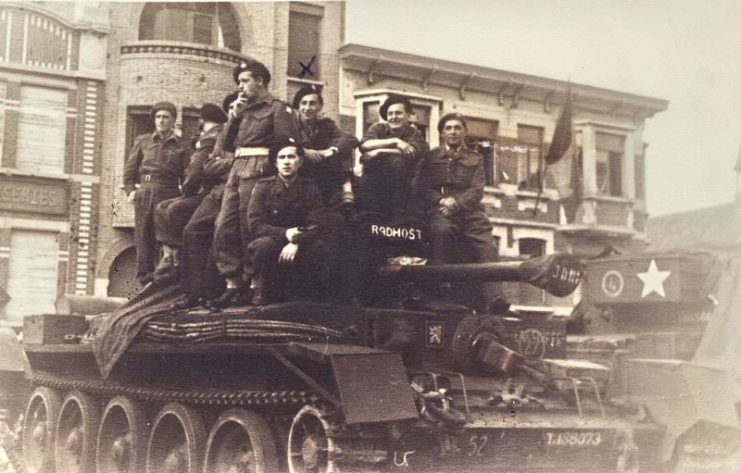
Challenger
Despite the Cromwell’s good armor and mobility, it still lacked a gun capable of dealing later German tanks. The British wanted to mount the 17 pdr anti-tank on the Cromwell’s chassis, but limitations in the design prevented this. To solve this problem, the Birmingham Carriage & Wagon Company created the Challenger, a significantly modified Cromwell chassis that could carry the 17 pdr.
The turret had to be higher to house the weapon and the chassis was lengthened to accommodate this, with the extra weight impeding performance. The more numerous and easier to modify Sherman could carry the 17 pdr aswell, as the Firefly, which made the Challenger a redundant design. As a result, only 200 were buit.
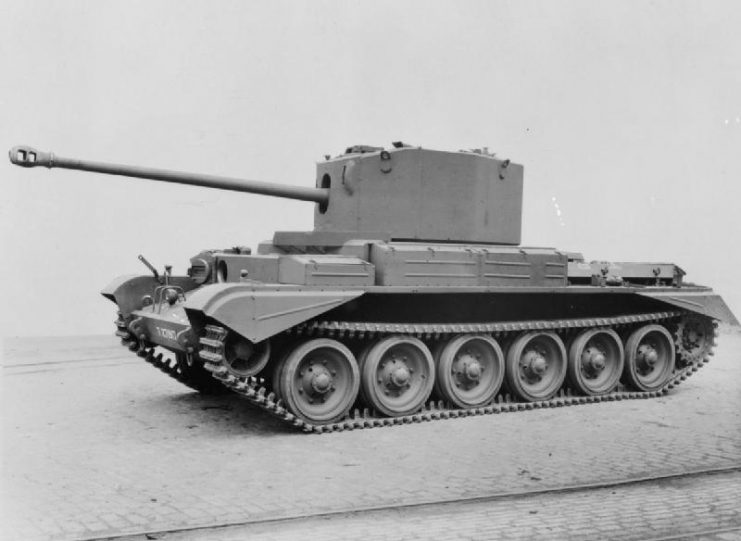
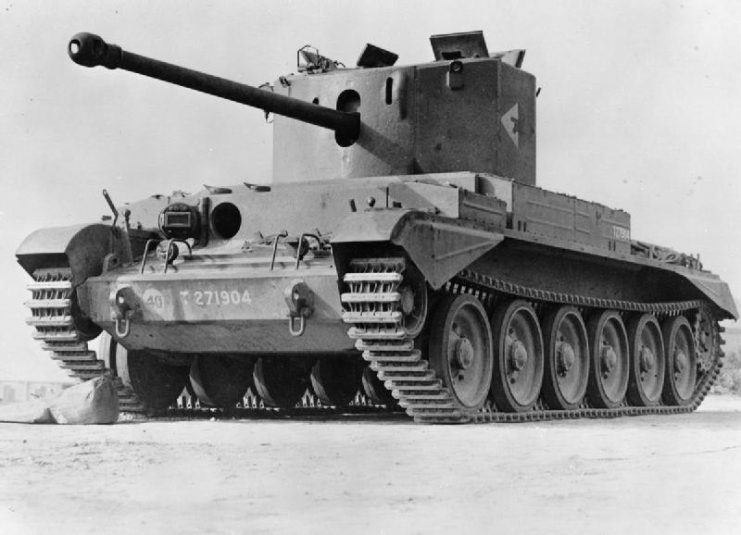
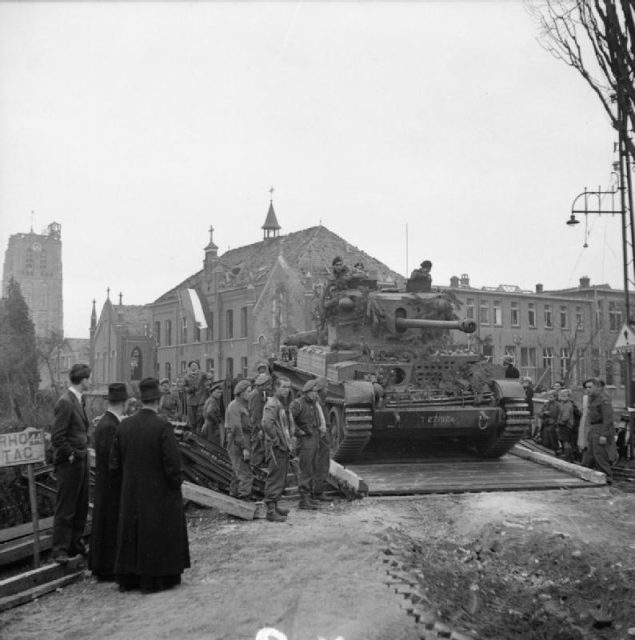
Comet
The Comet was a more thorough attempt at up-gunning and improving the Cromwell. The Comet was equipped with a 76.2 mm 17 pdr HV high velocity gun, a gun that could knock out both the Tiger and Panther up to medium ranges. It retained the Cromwells good mobility, with an improved turret and armor. The Comet didn’t arrive until the closing stages of the war, but was very popular with crews as it was mobile, reliable comfortable to operate, and could tackle heavy German tanks. It would remain in service with the British until 1958.

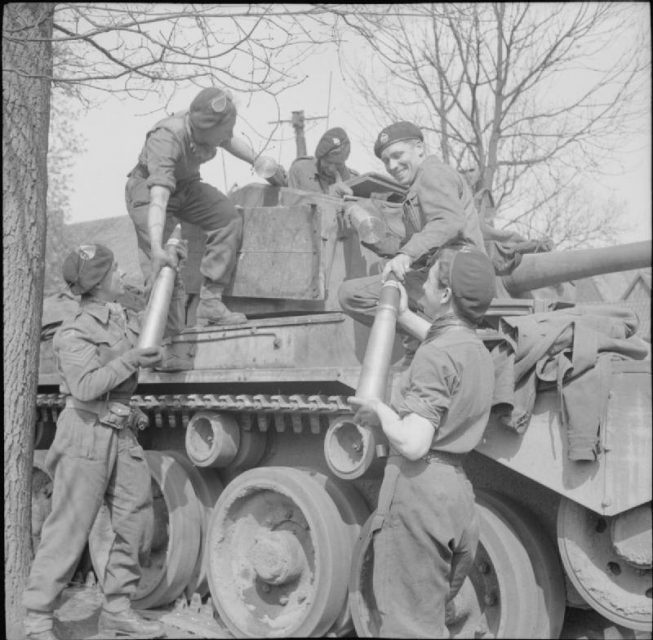
Firefly
An American Sherman tank upgraded with a British 17-pounder gun, the Firefly was developed to help Allied tankers take on German Tigers and Panthers.
Used by both British and American forces in the invasion of Europe, it was so effective that it became a prime target for the Germans, so camouflage paint was used to disguise its long barrel.
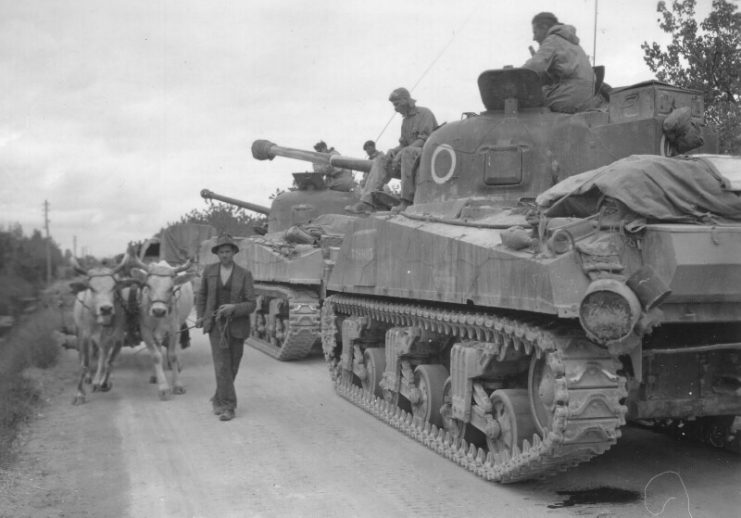
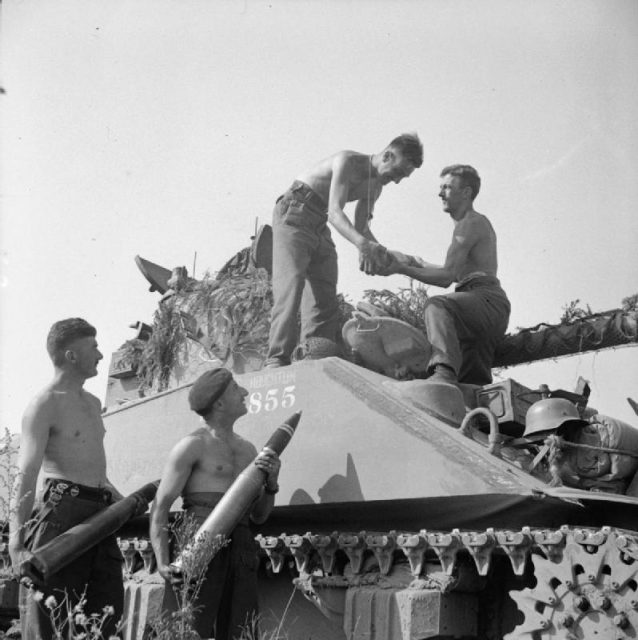
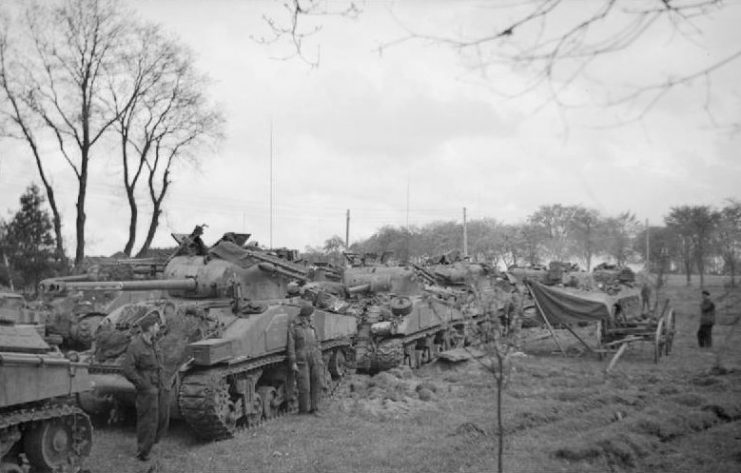
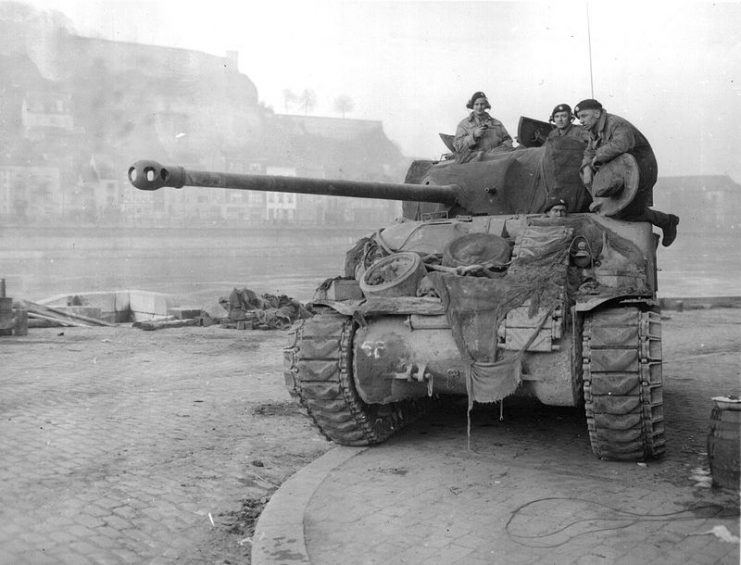
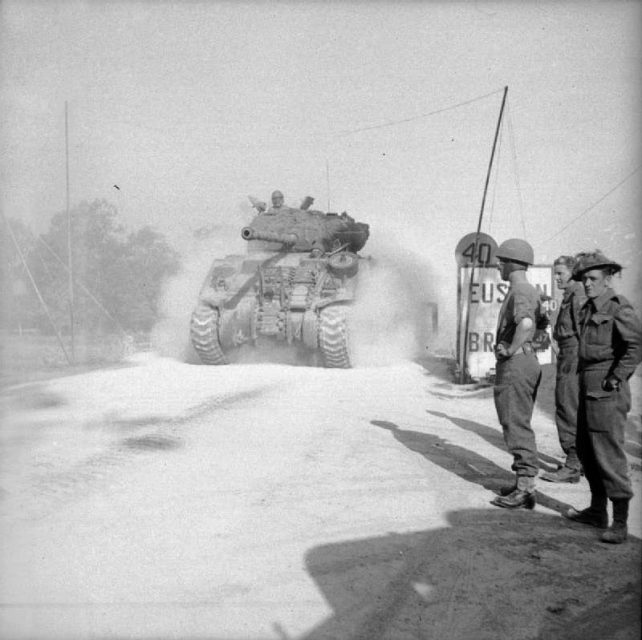
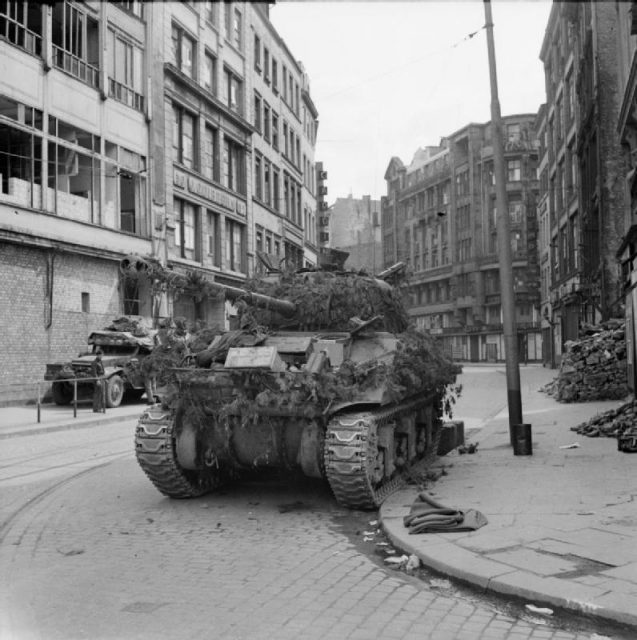
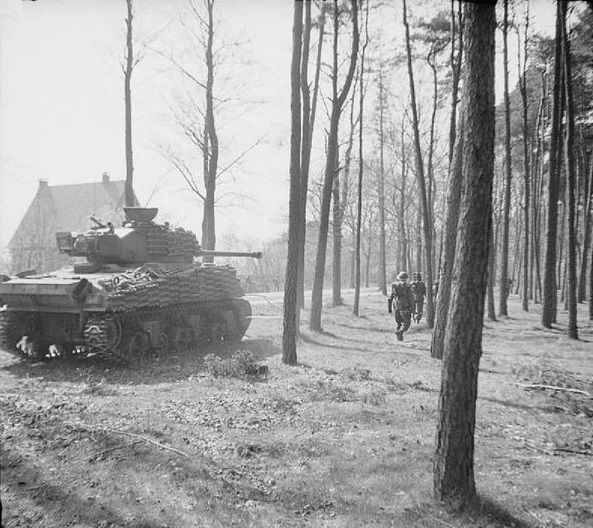
Tetrarch
Light enough to be transported by air, the Tetrarch was carried into action by a Hamilcar glider. It was used in the invasion of Madagascar in 1942 and Normandy in 1944, giving airborne troops valuable armored support
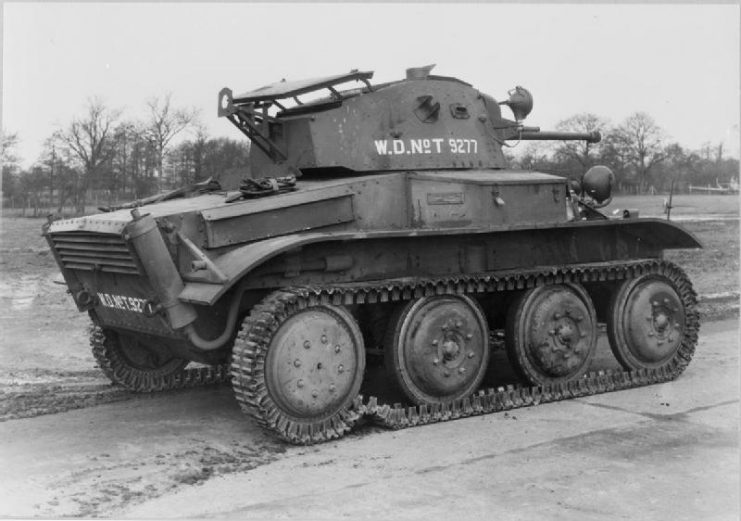
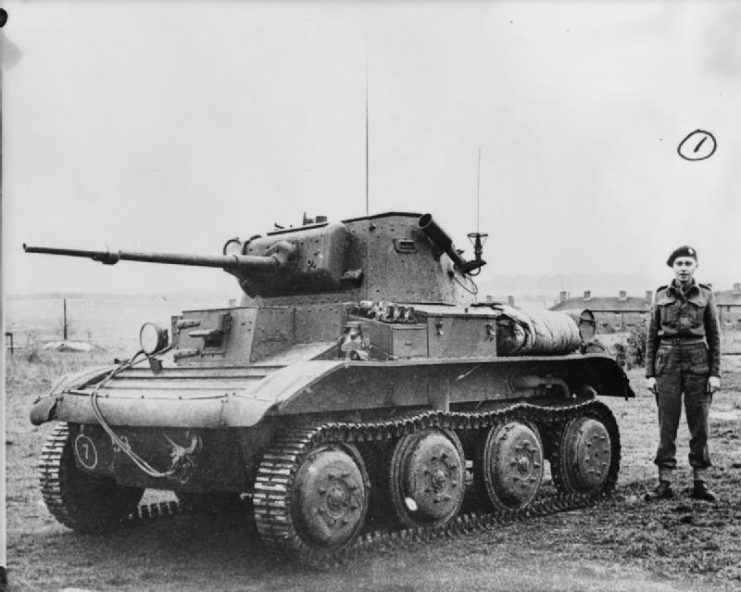
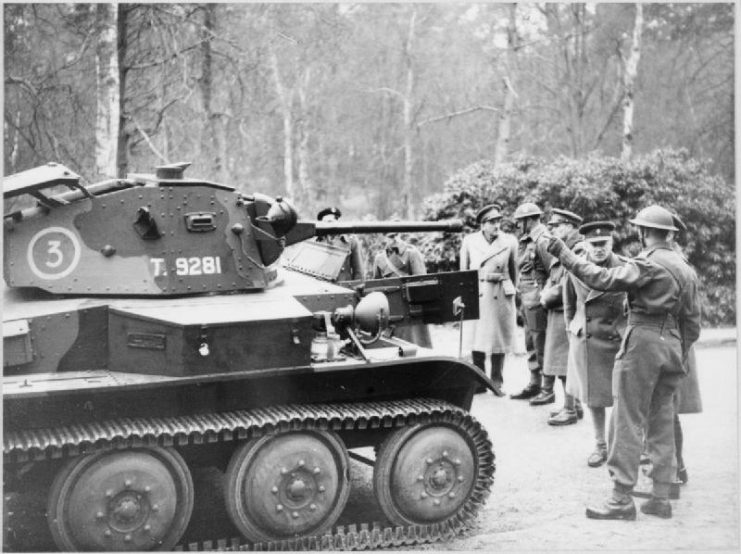
Another Article From Us: The Panzer 35(t) in 20 Photos
